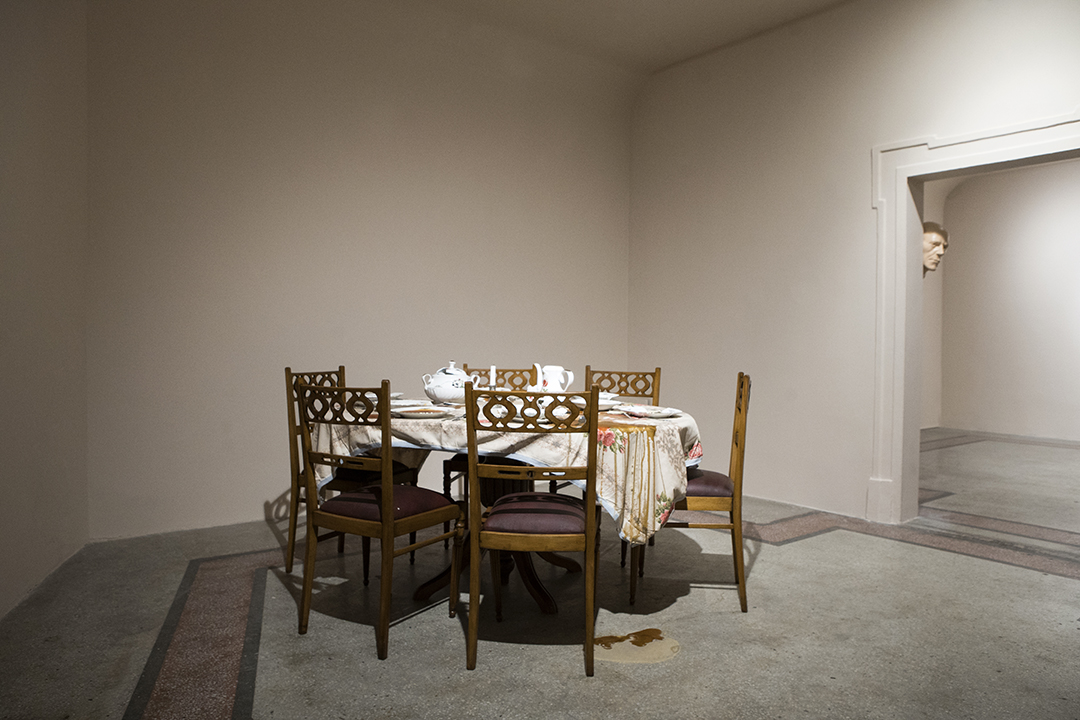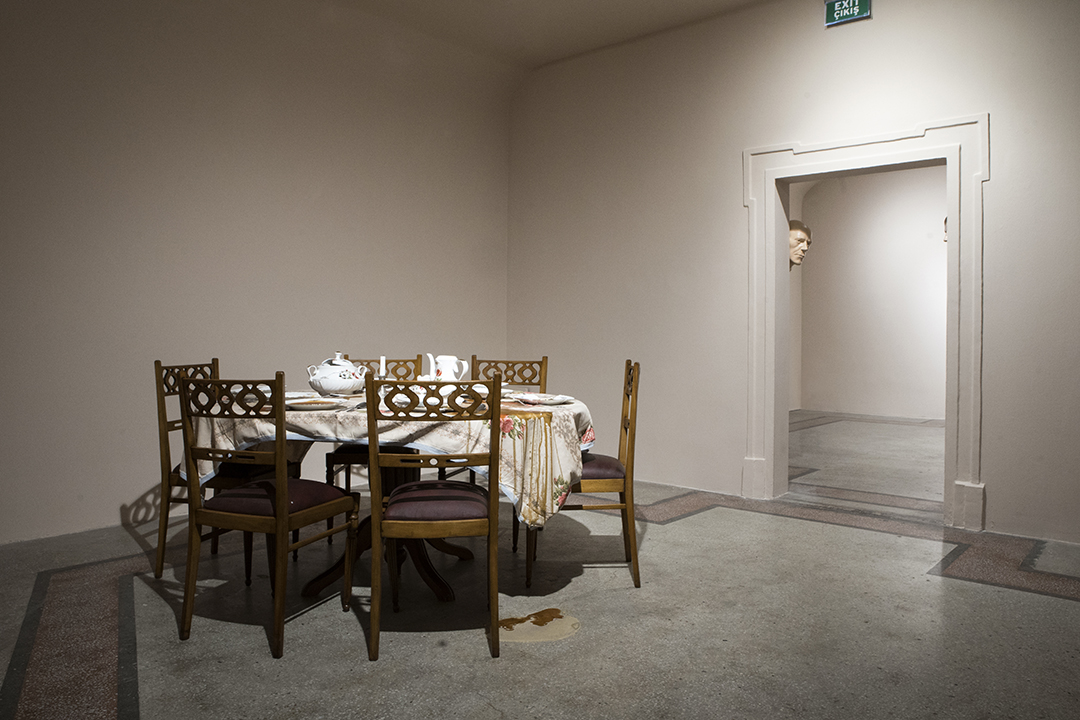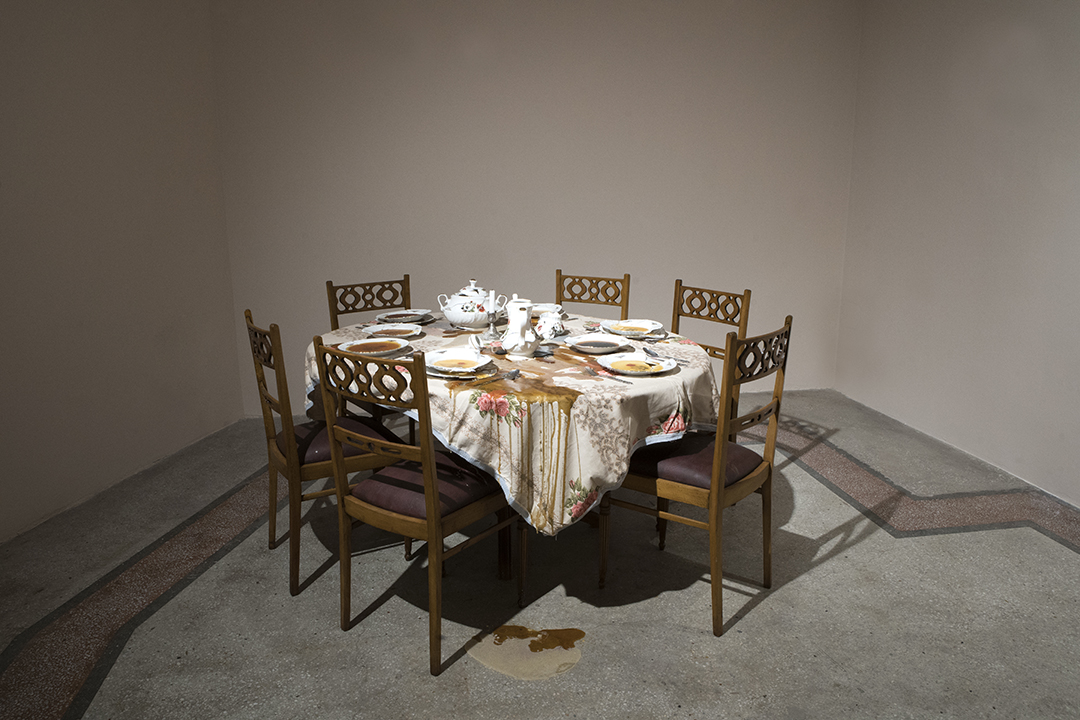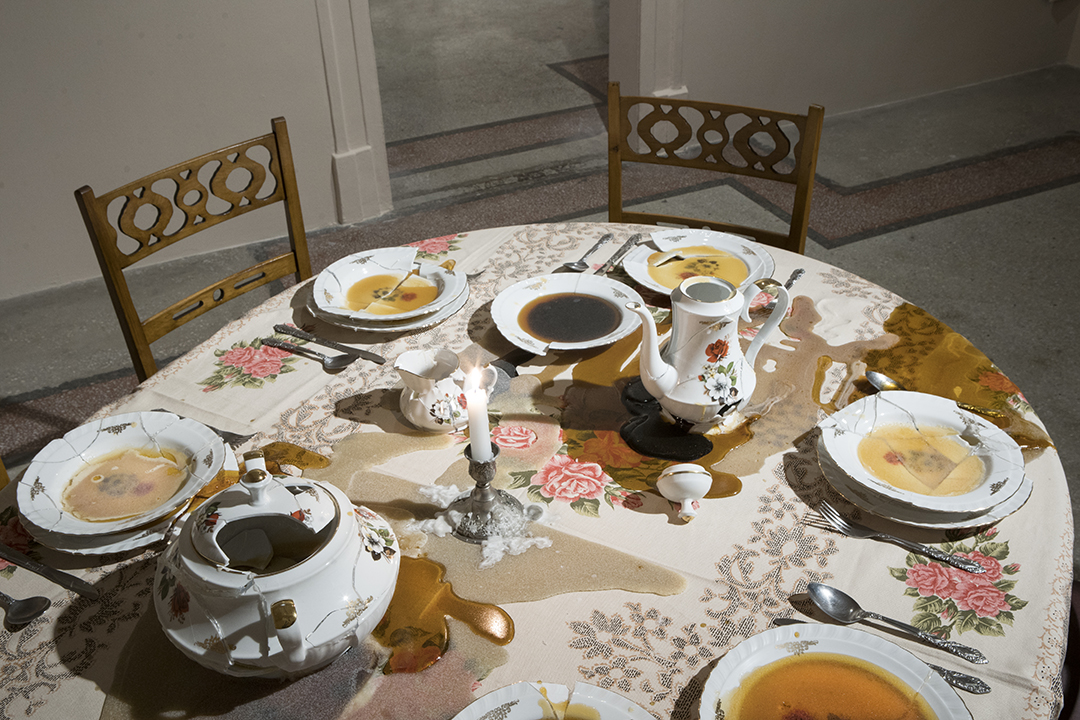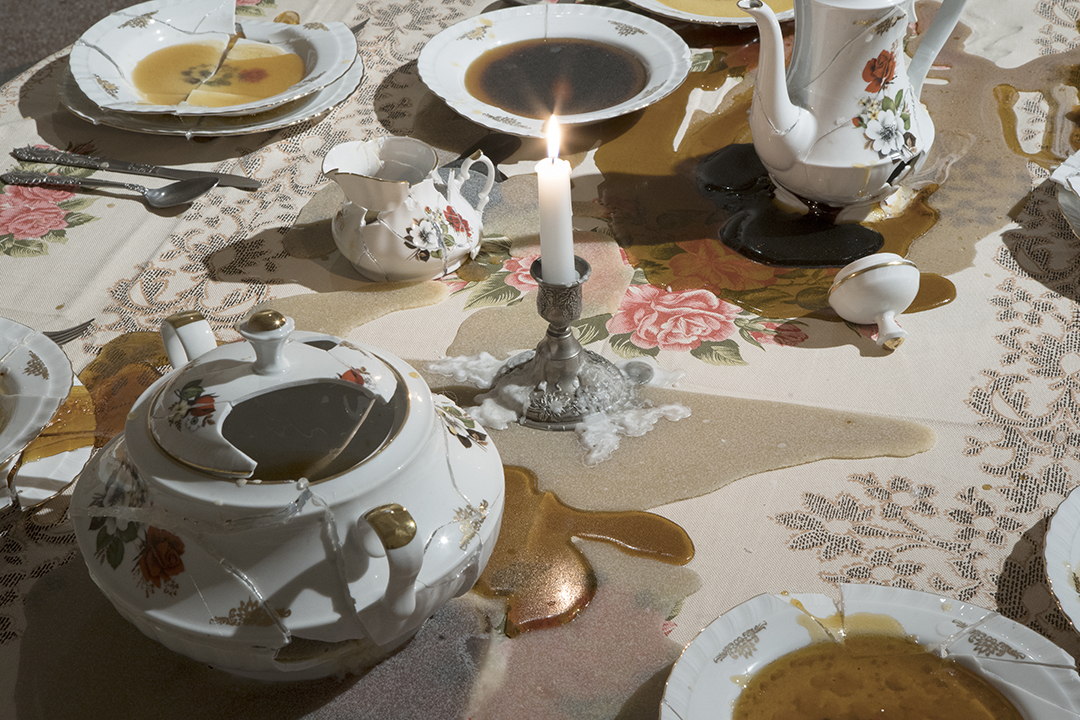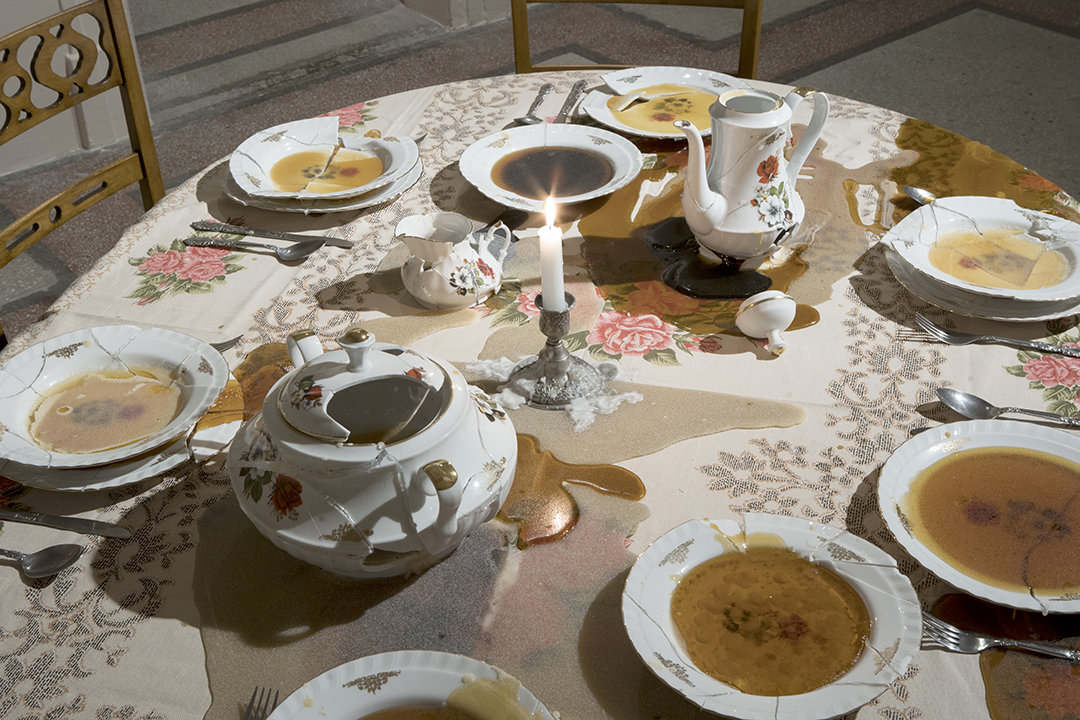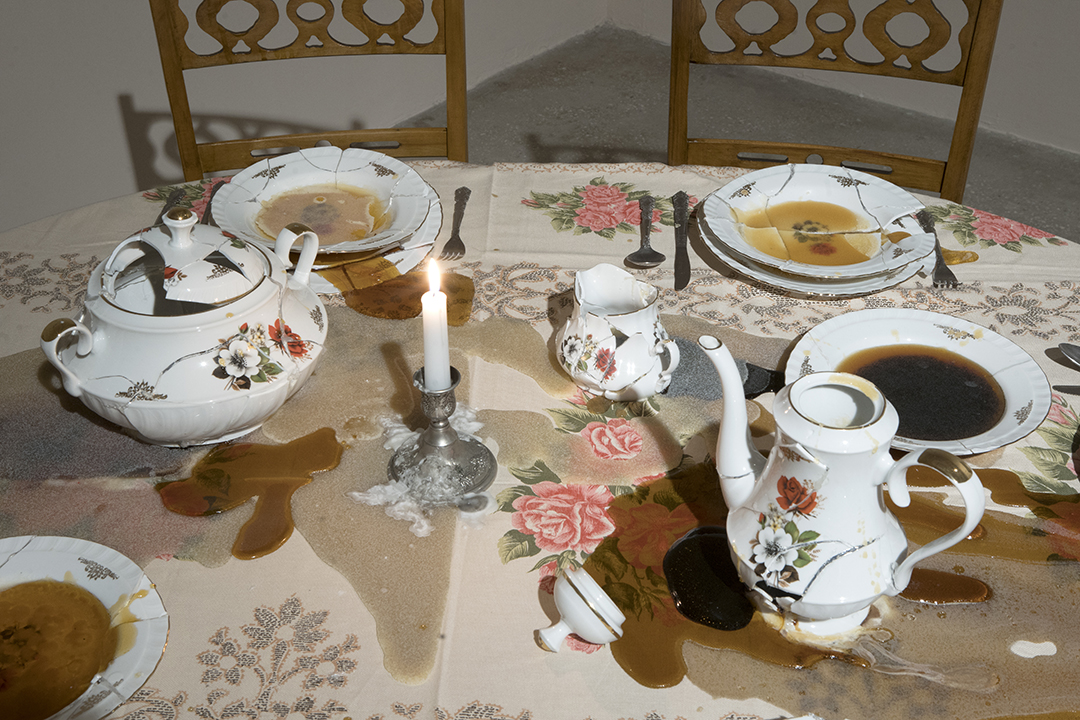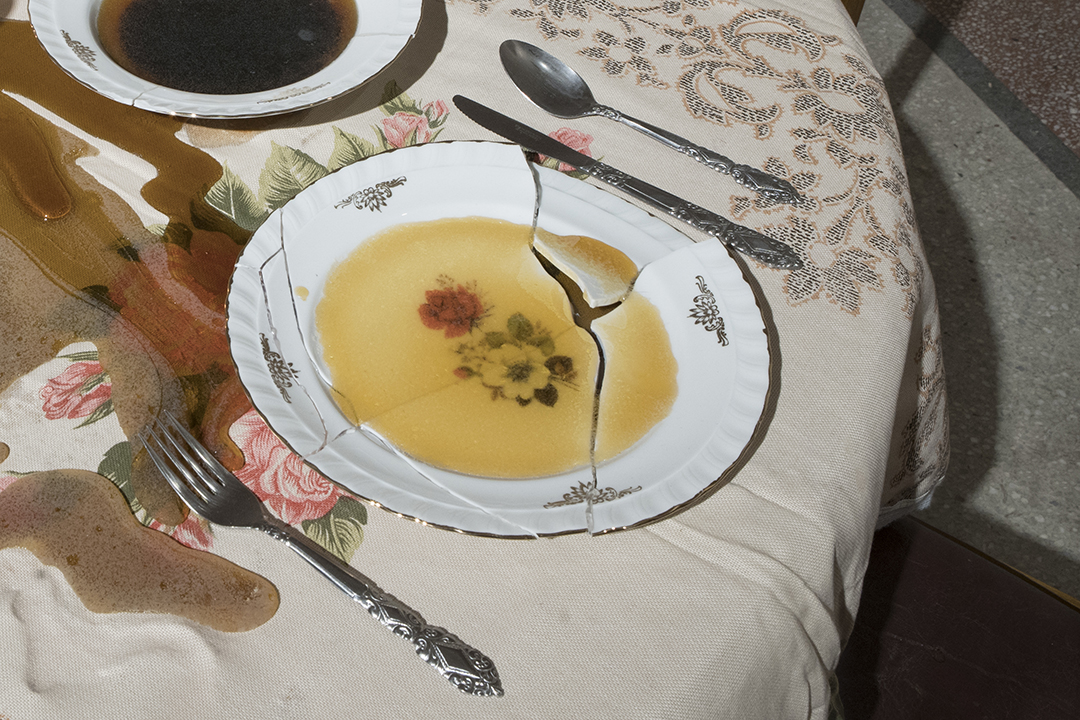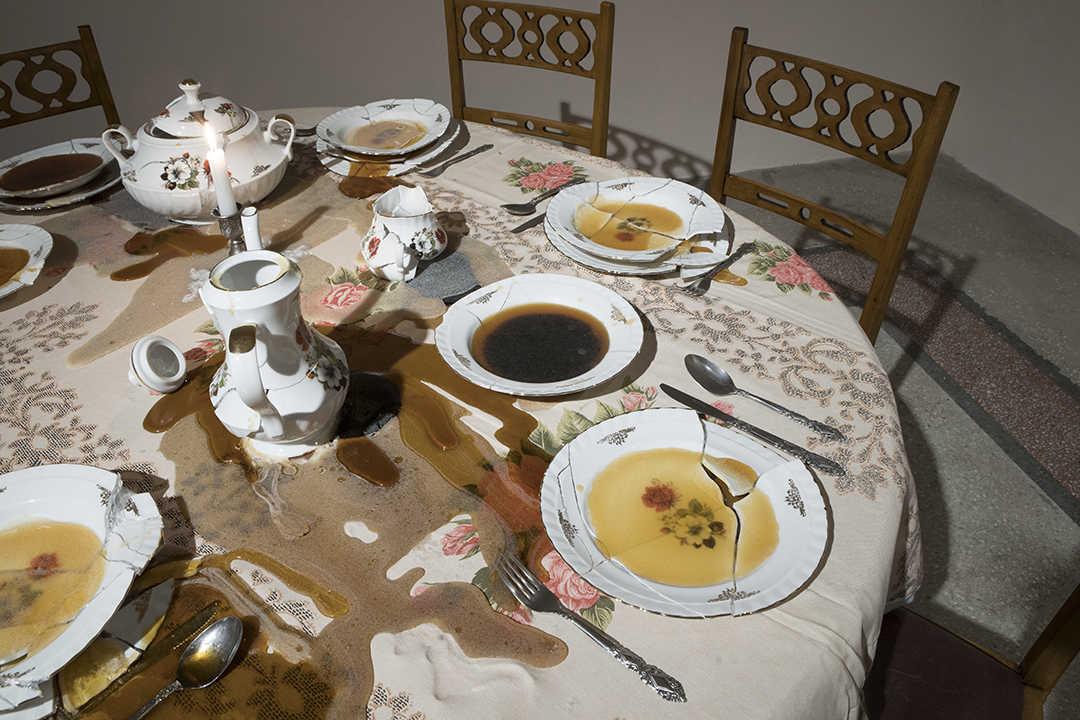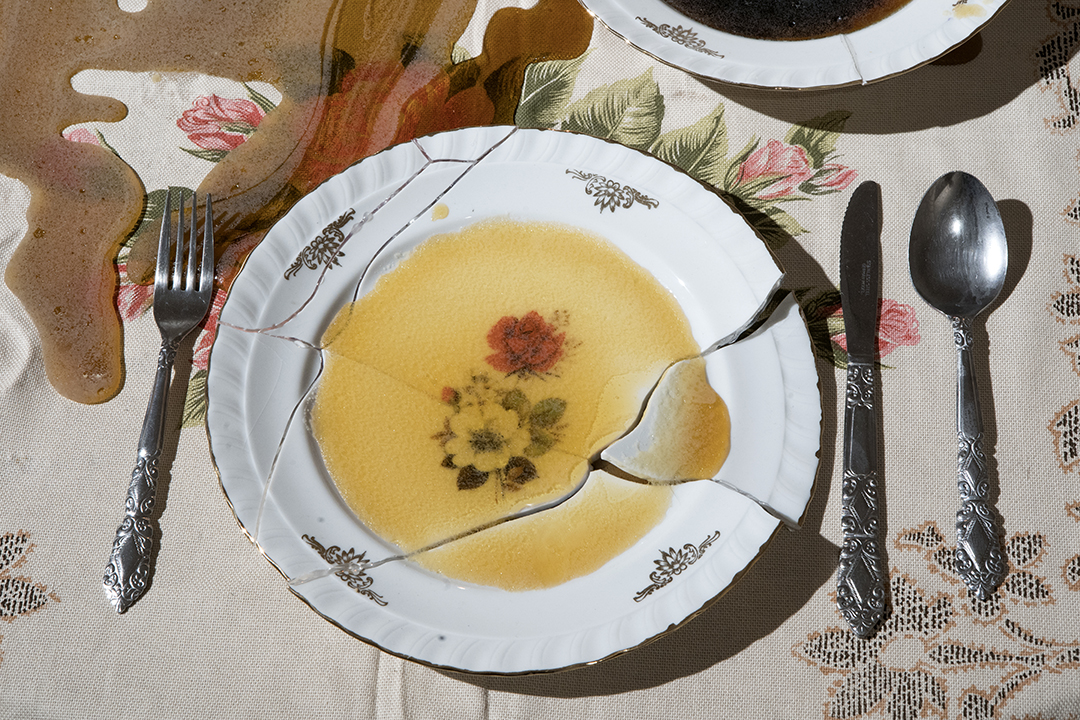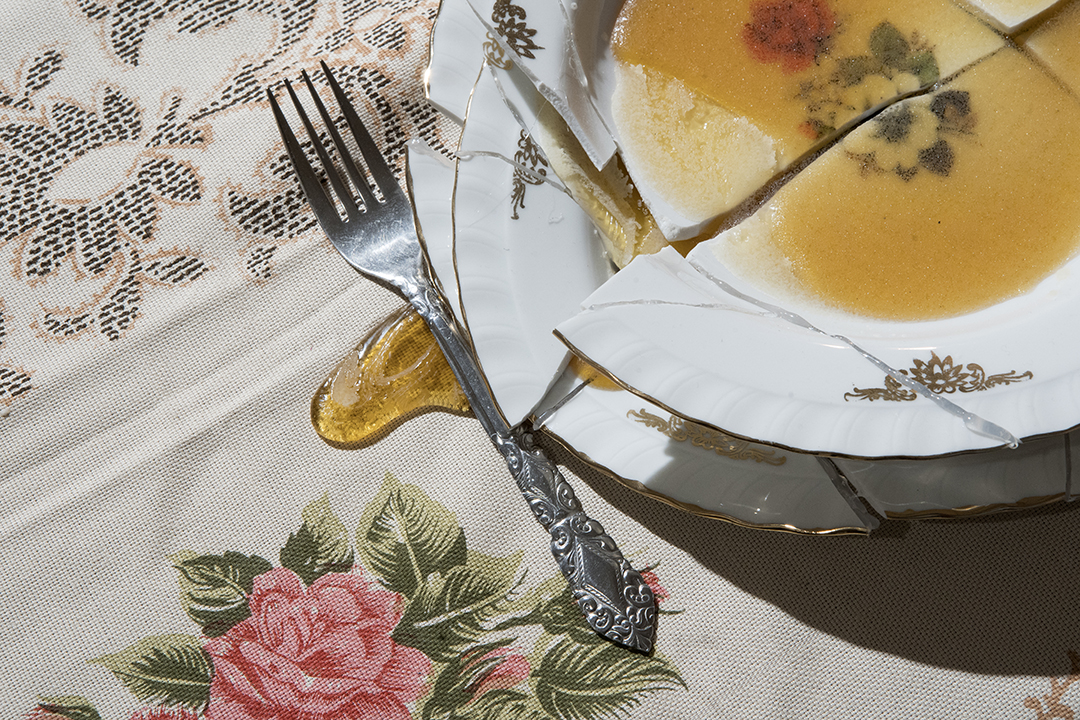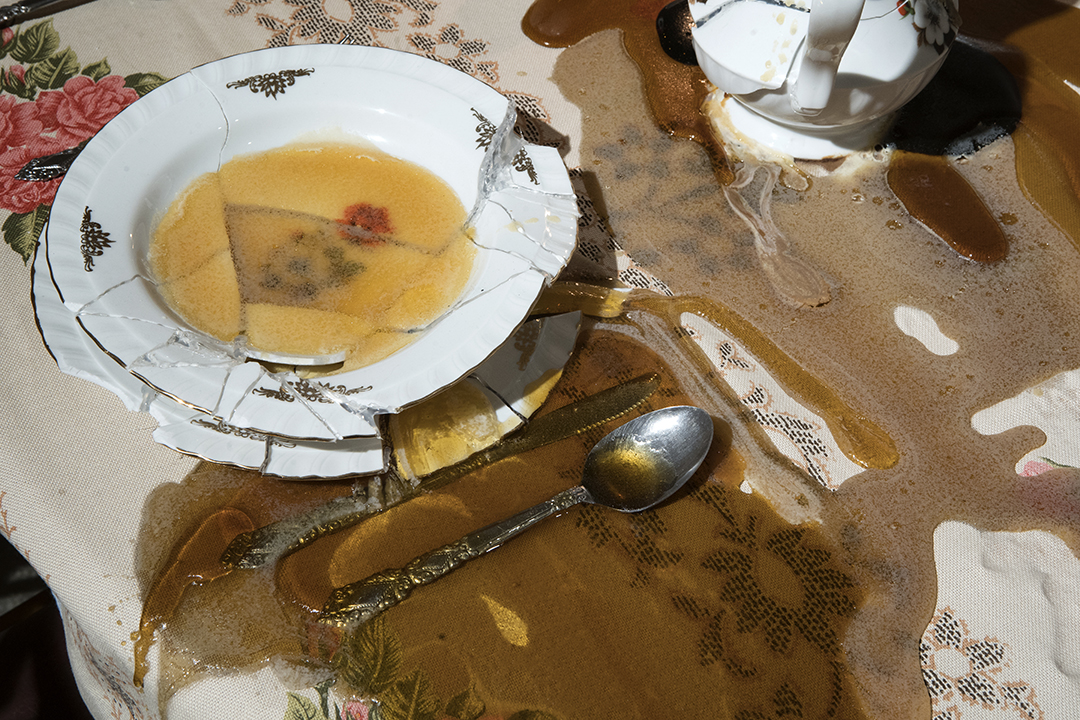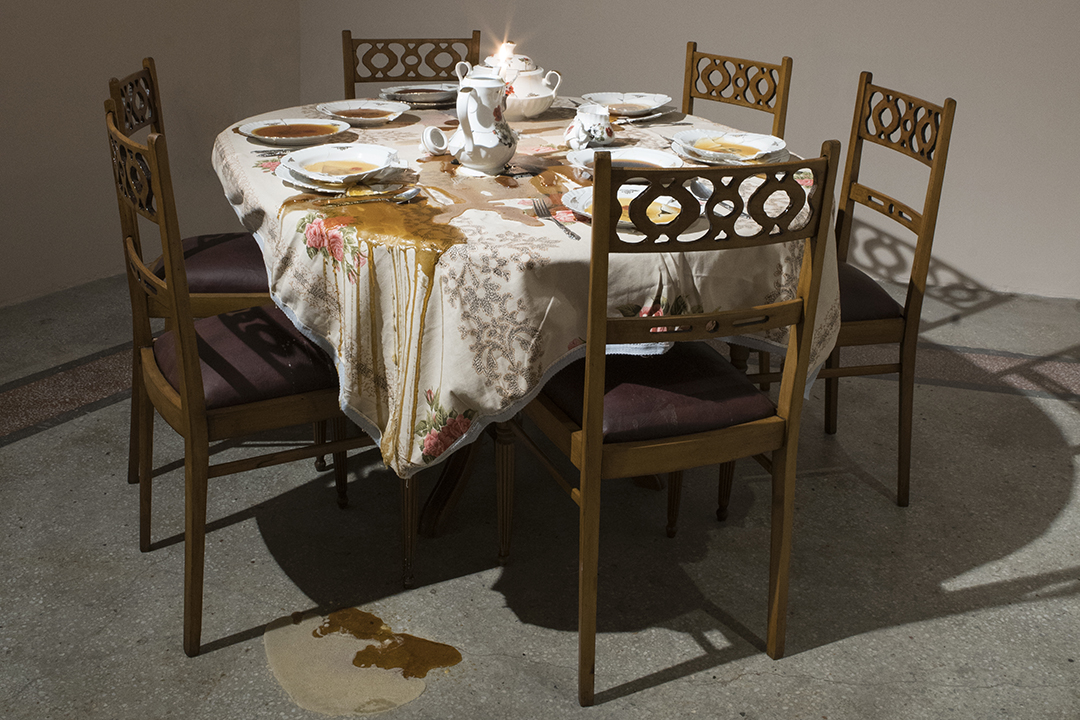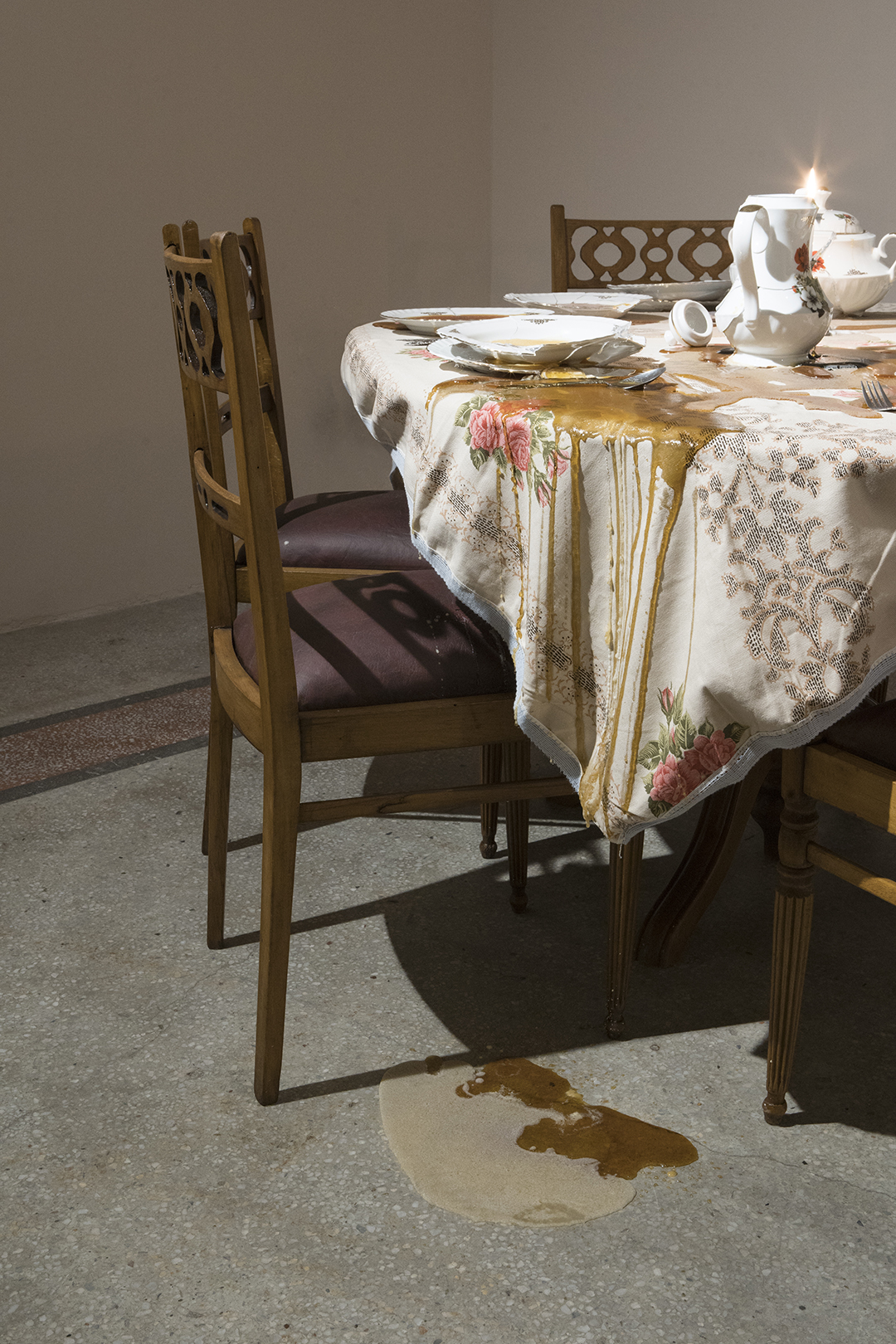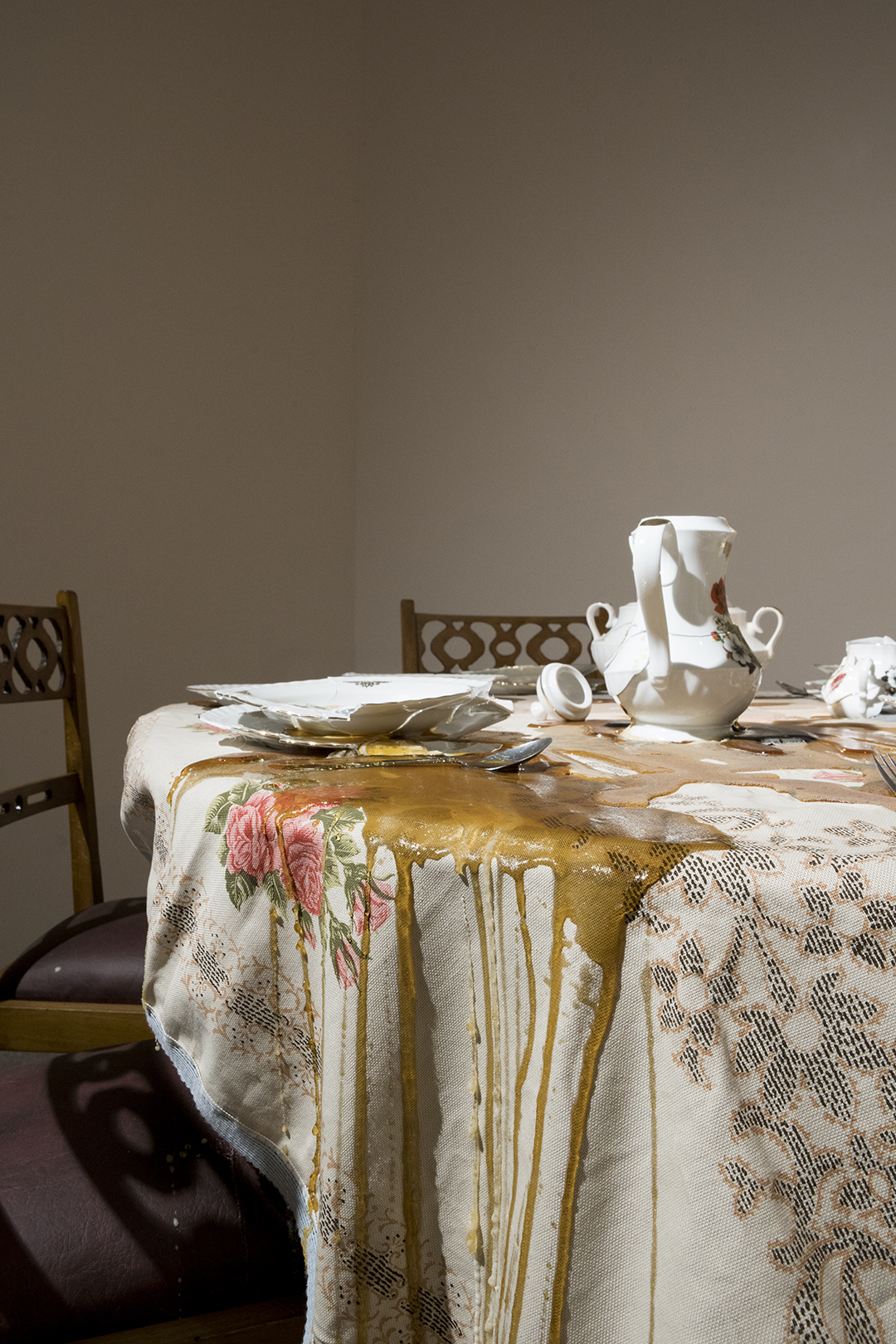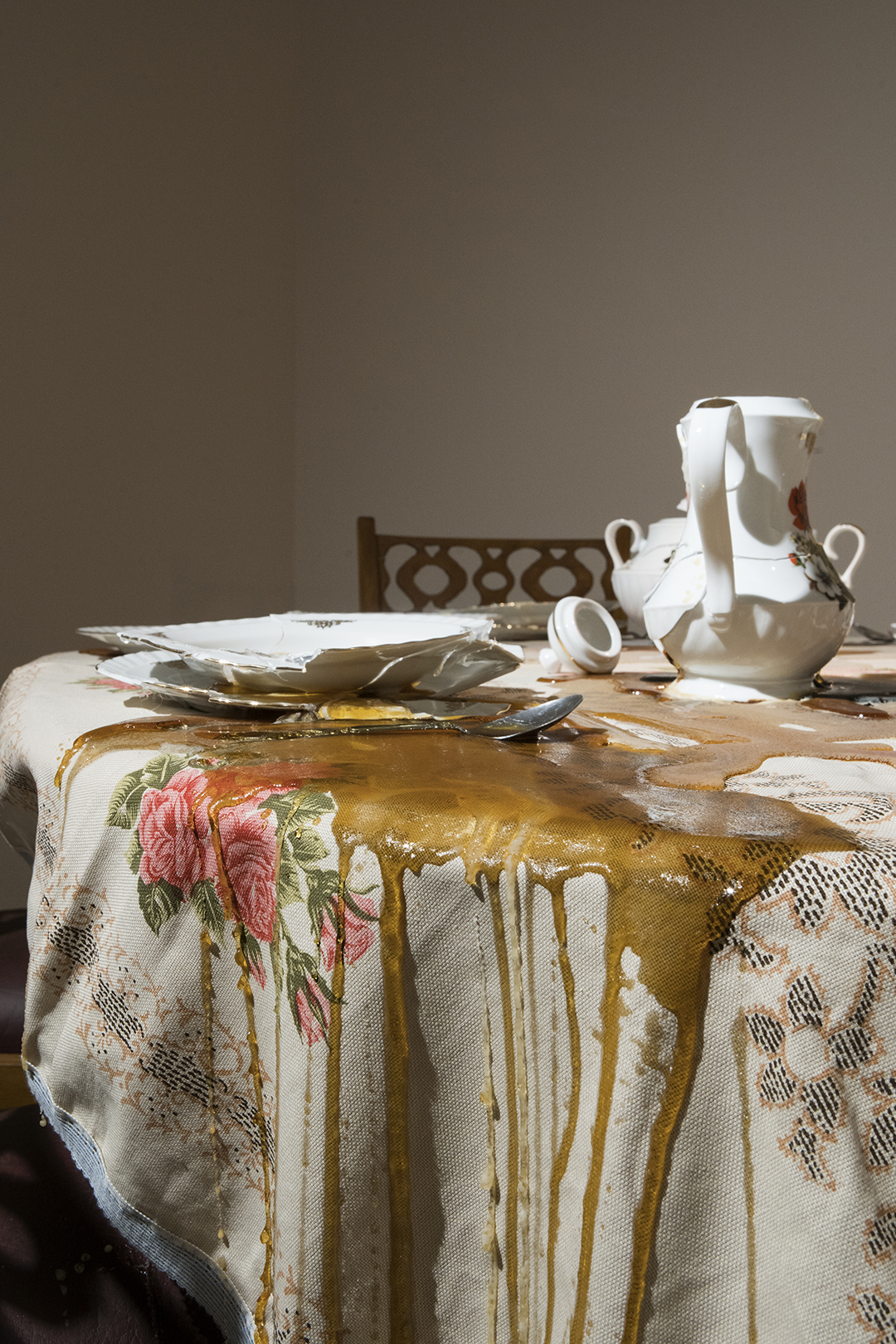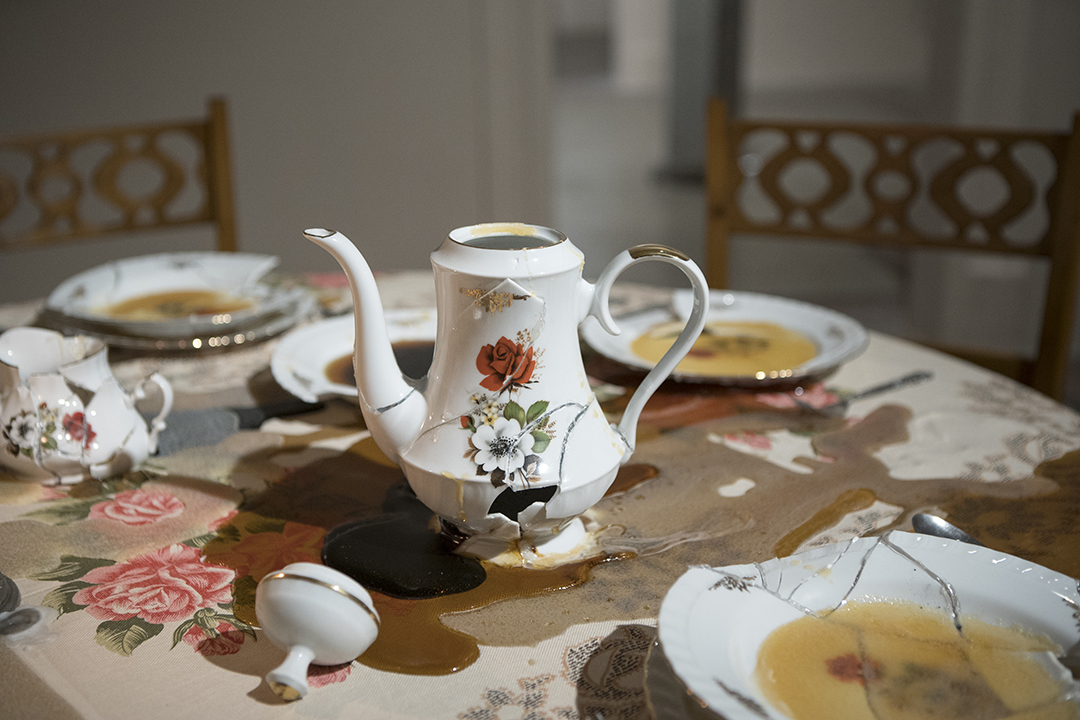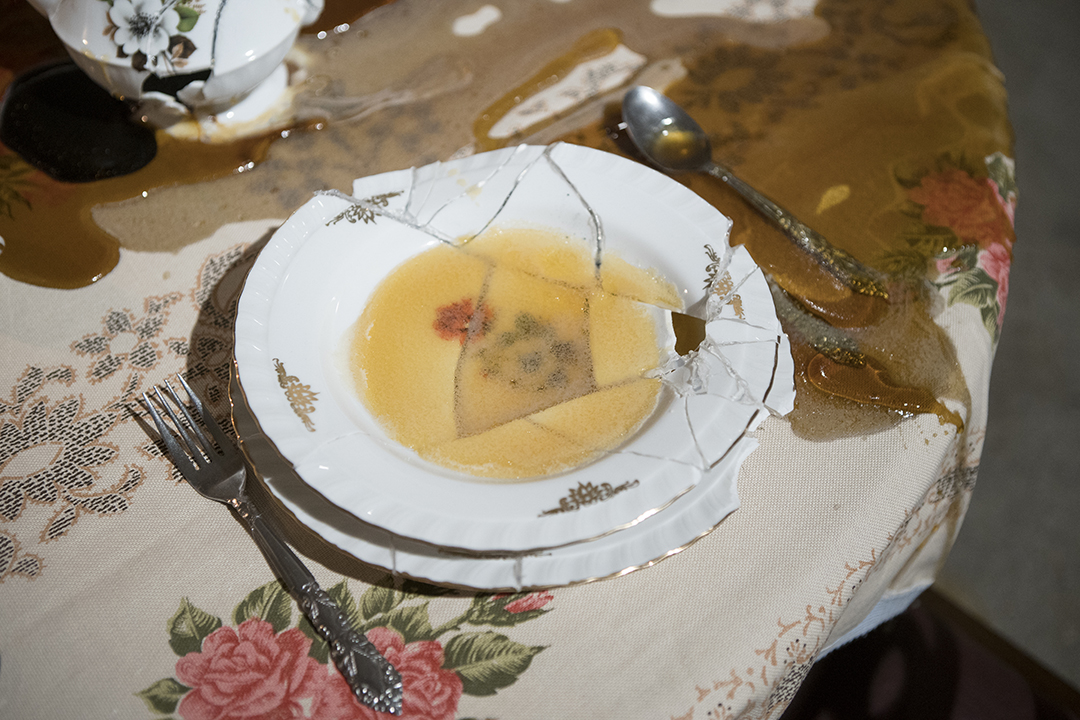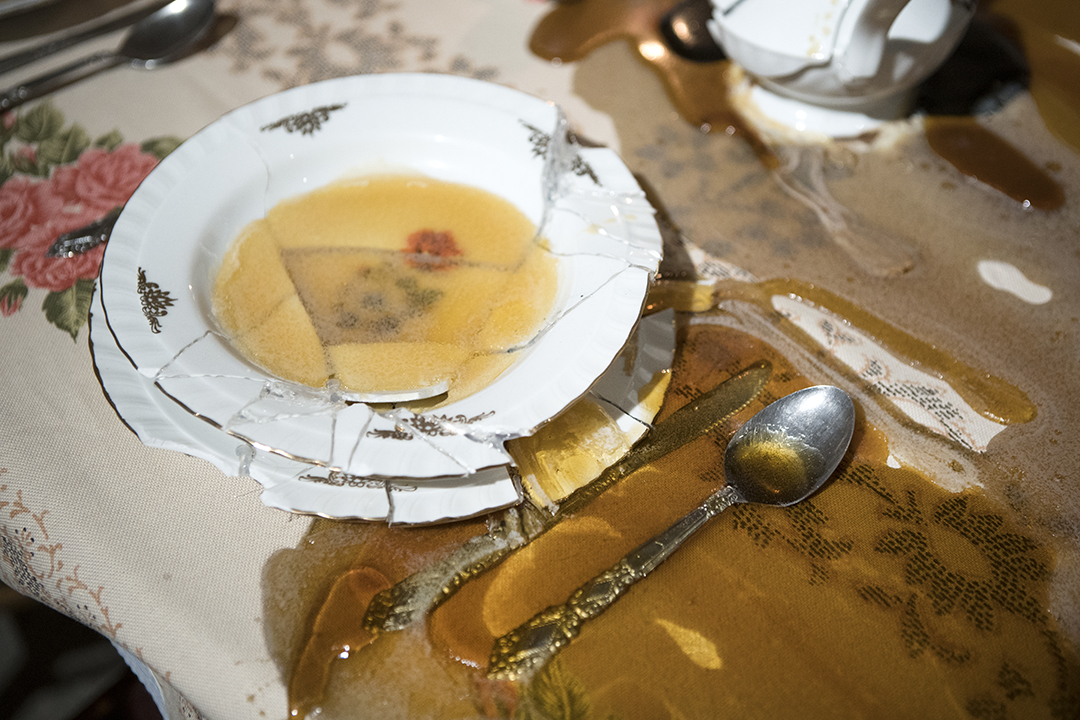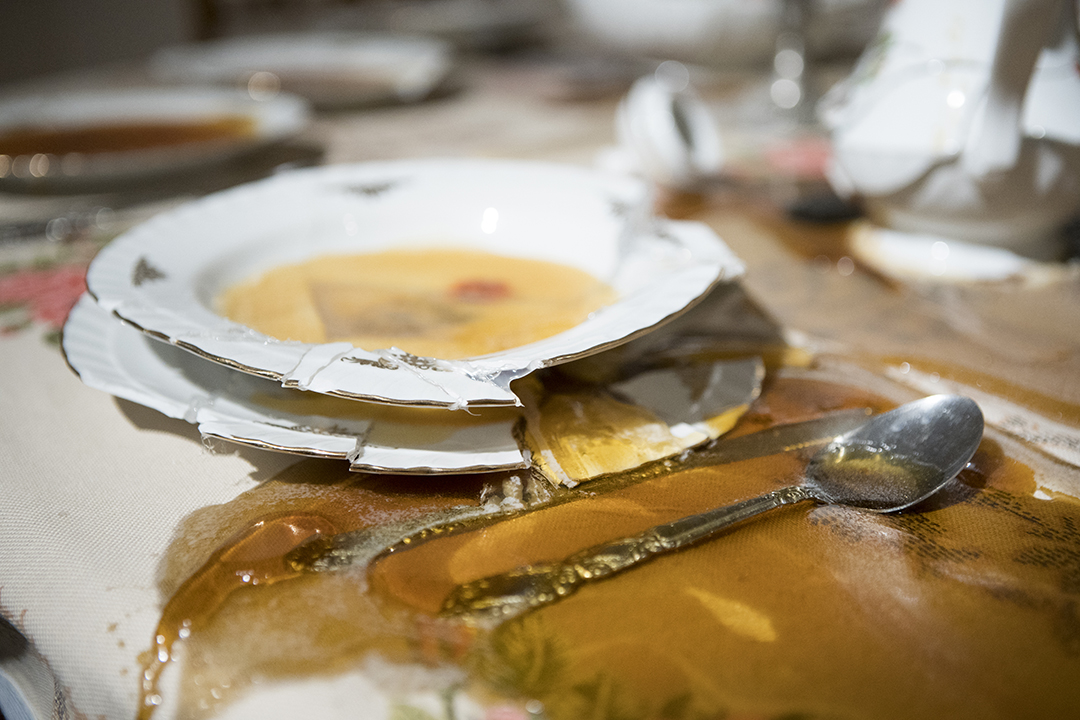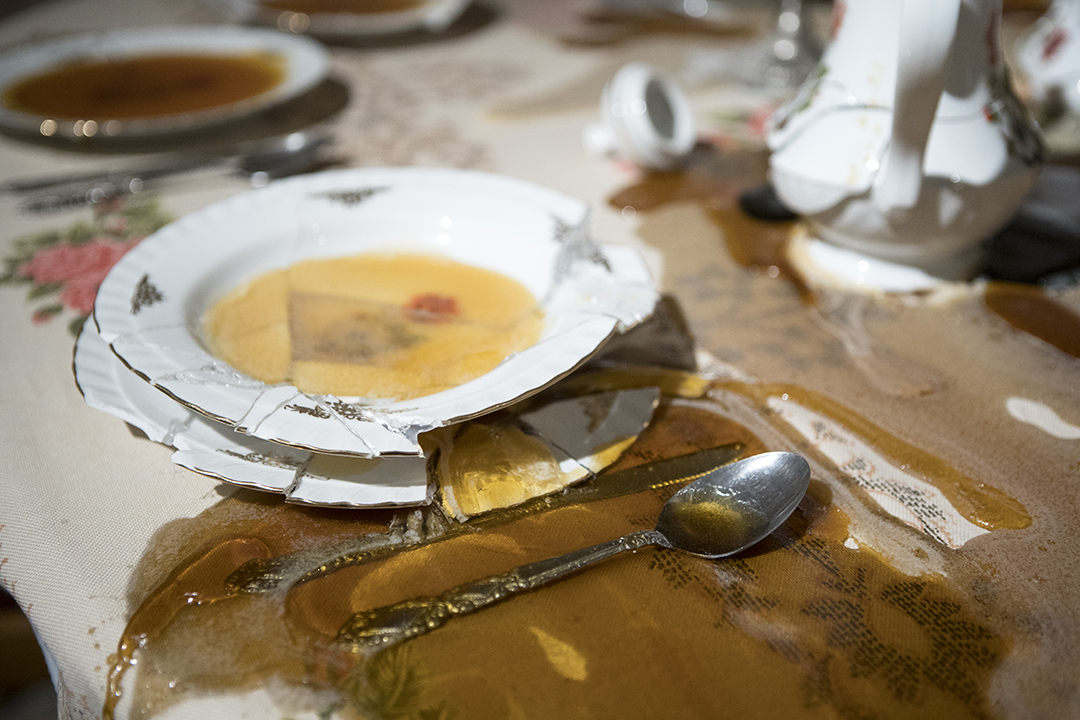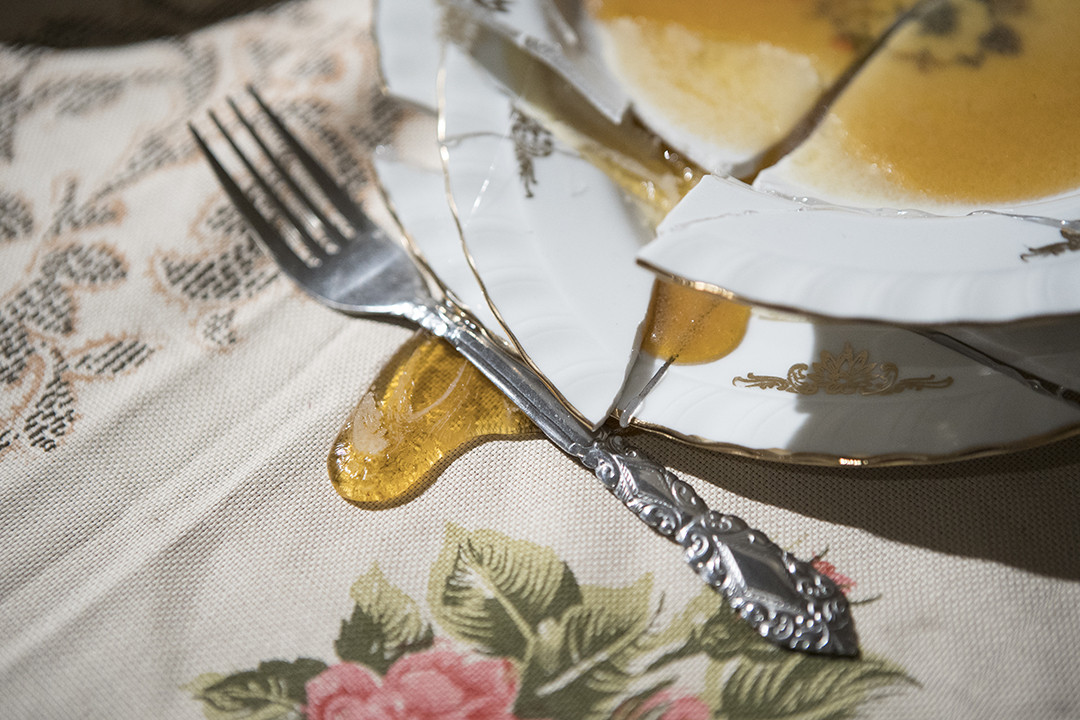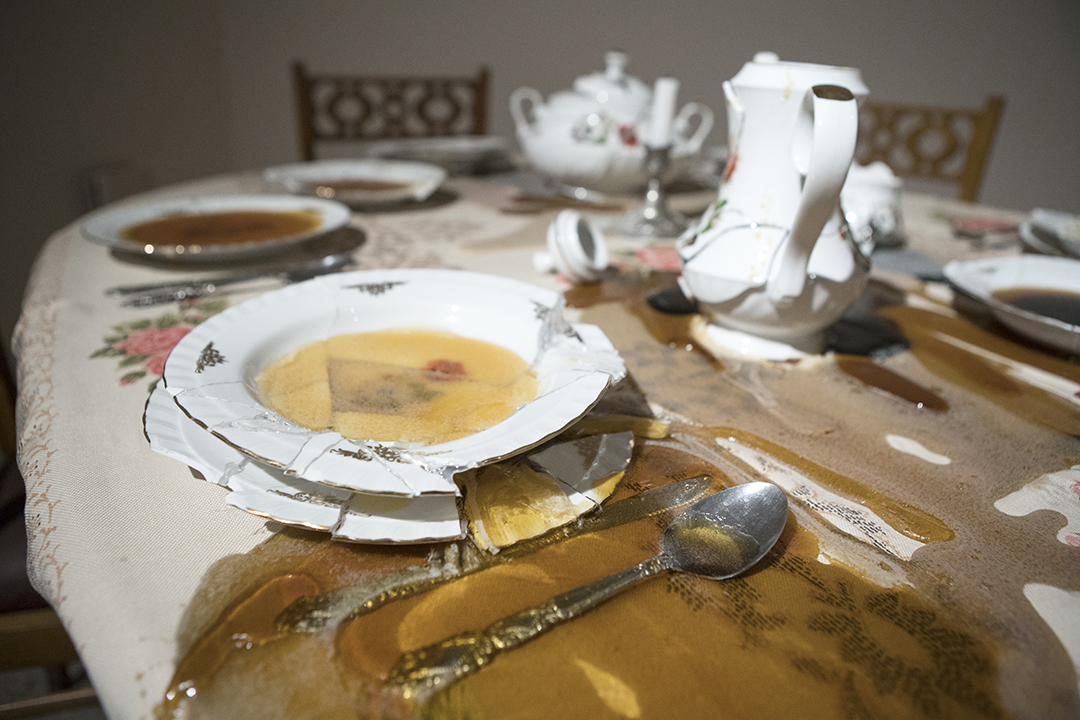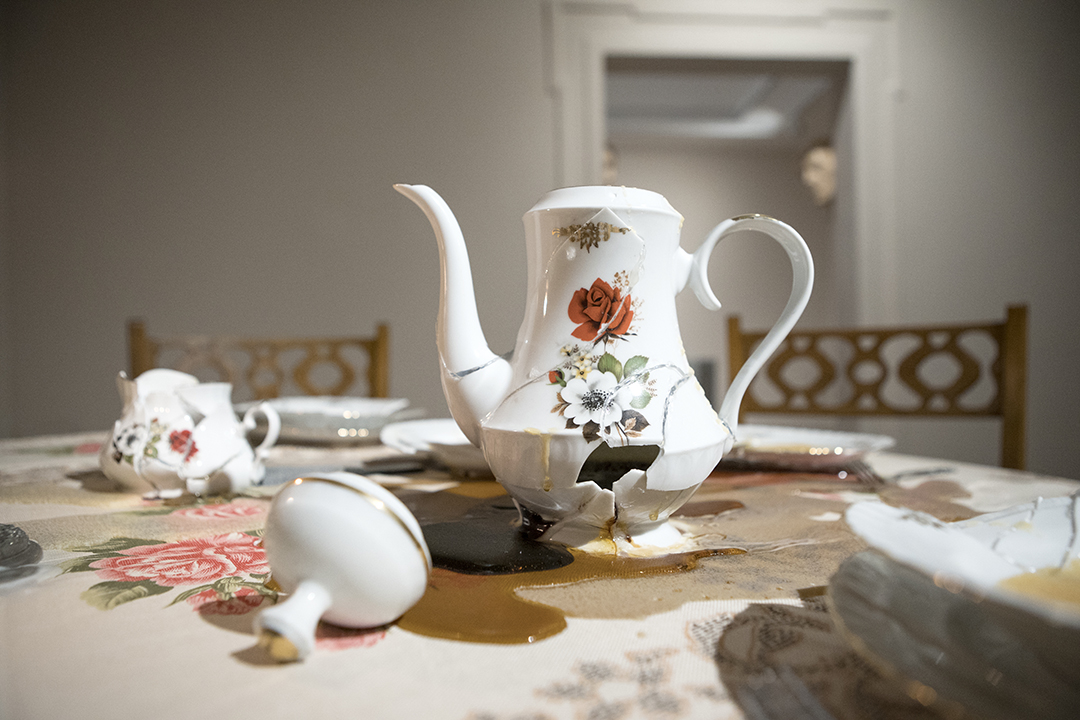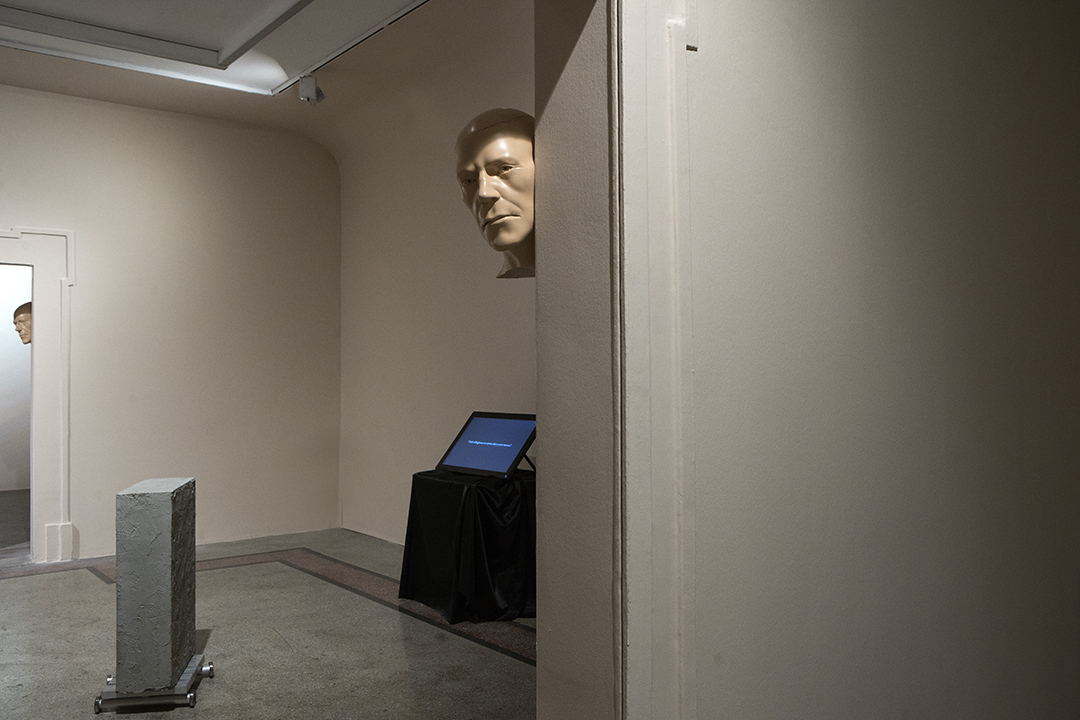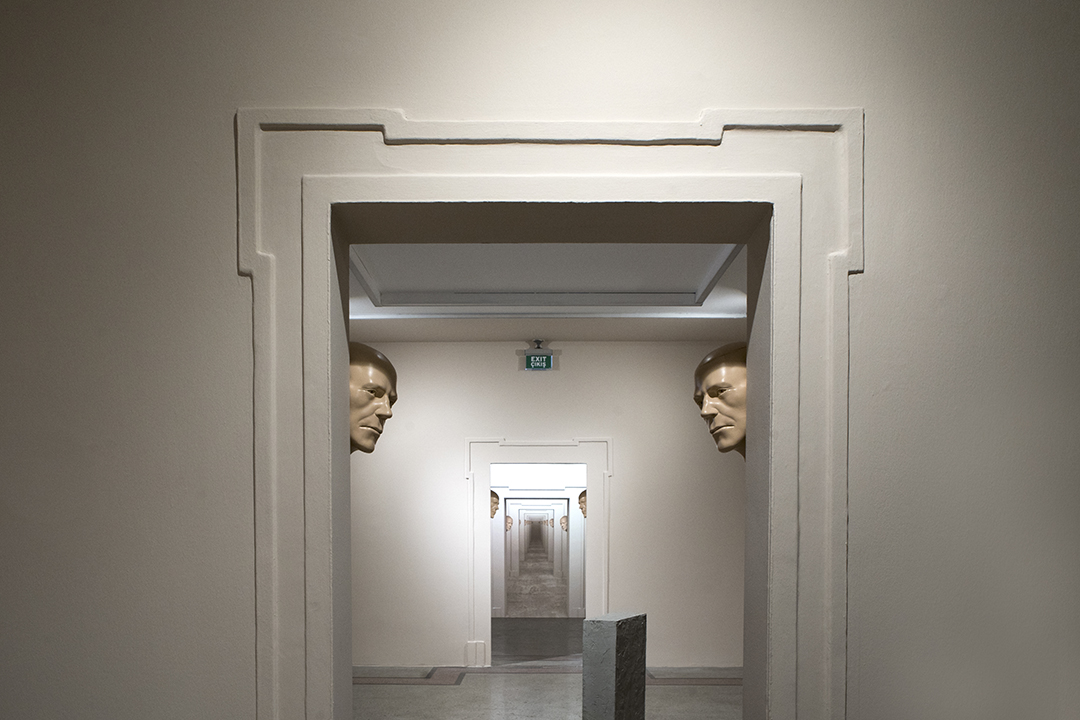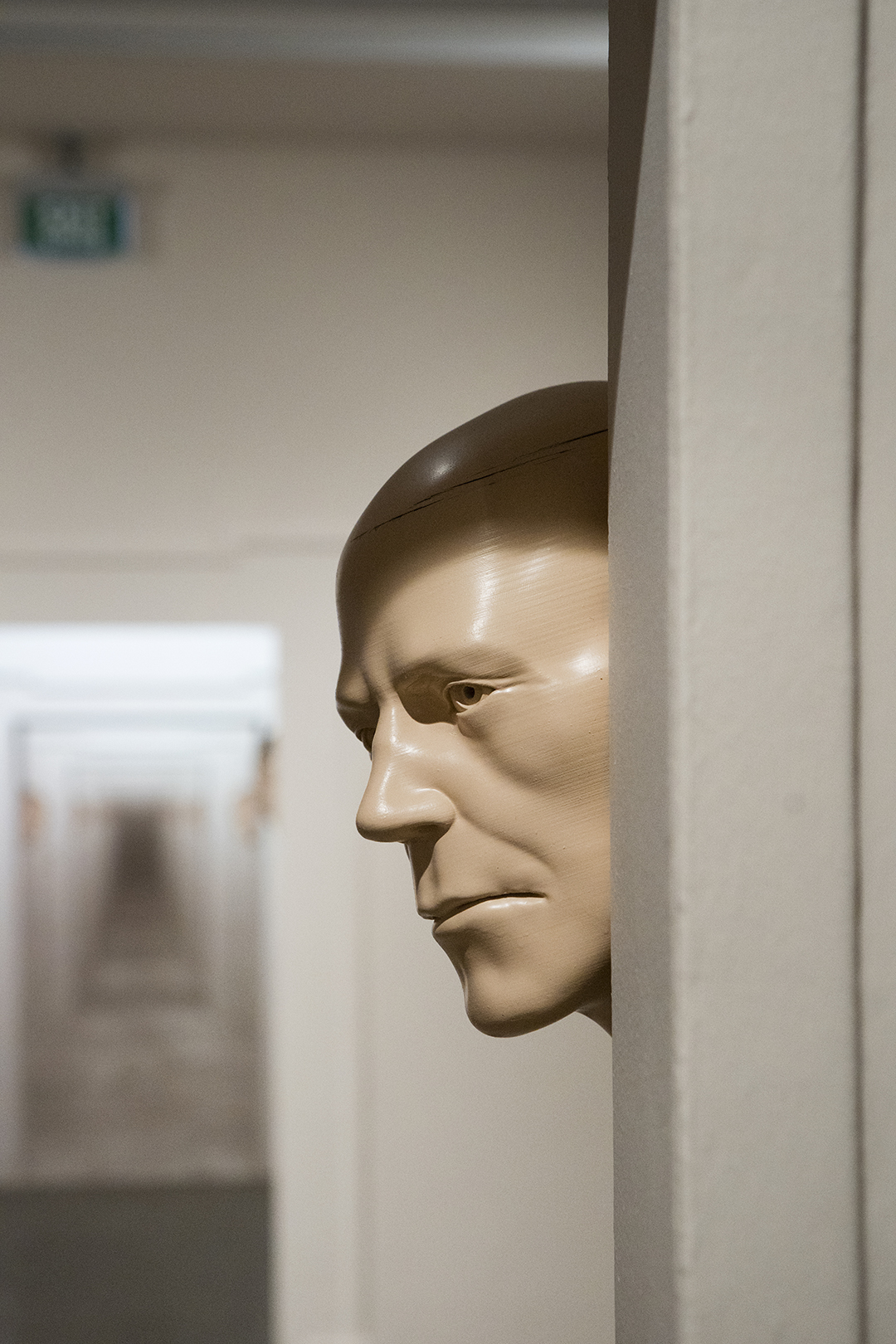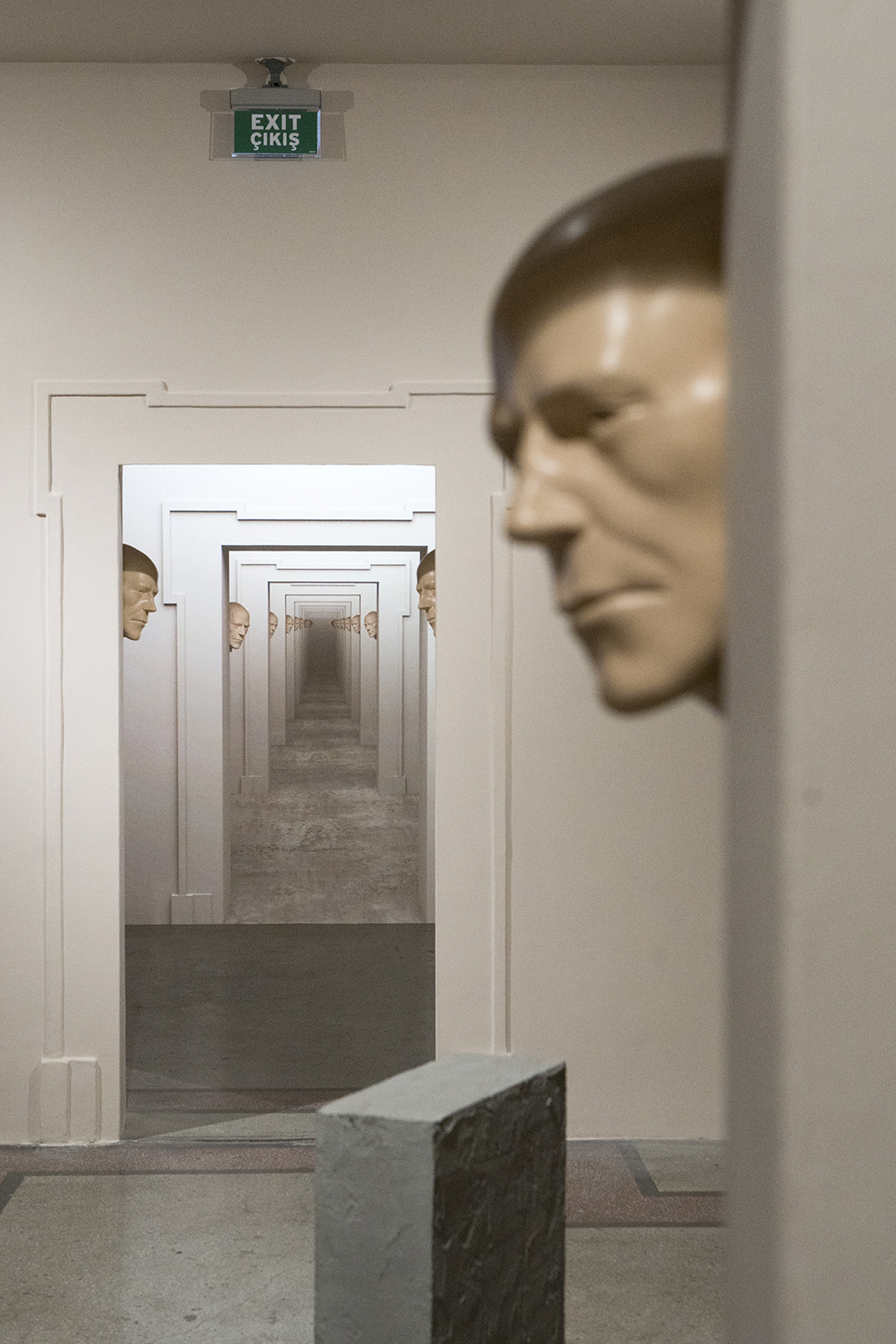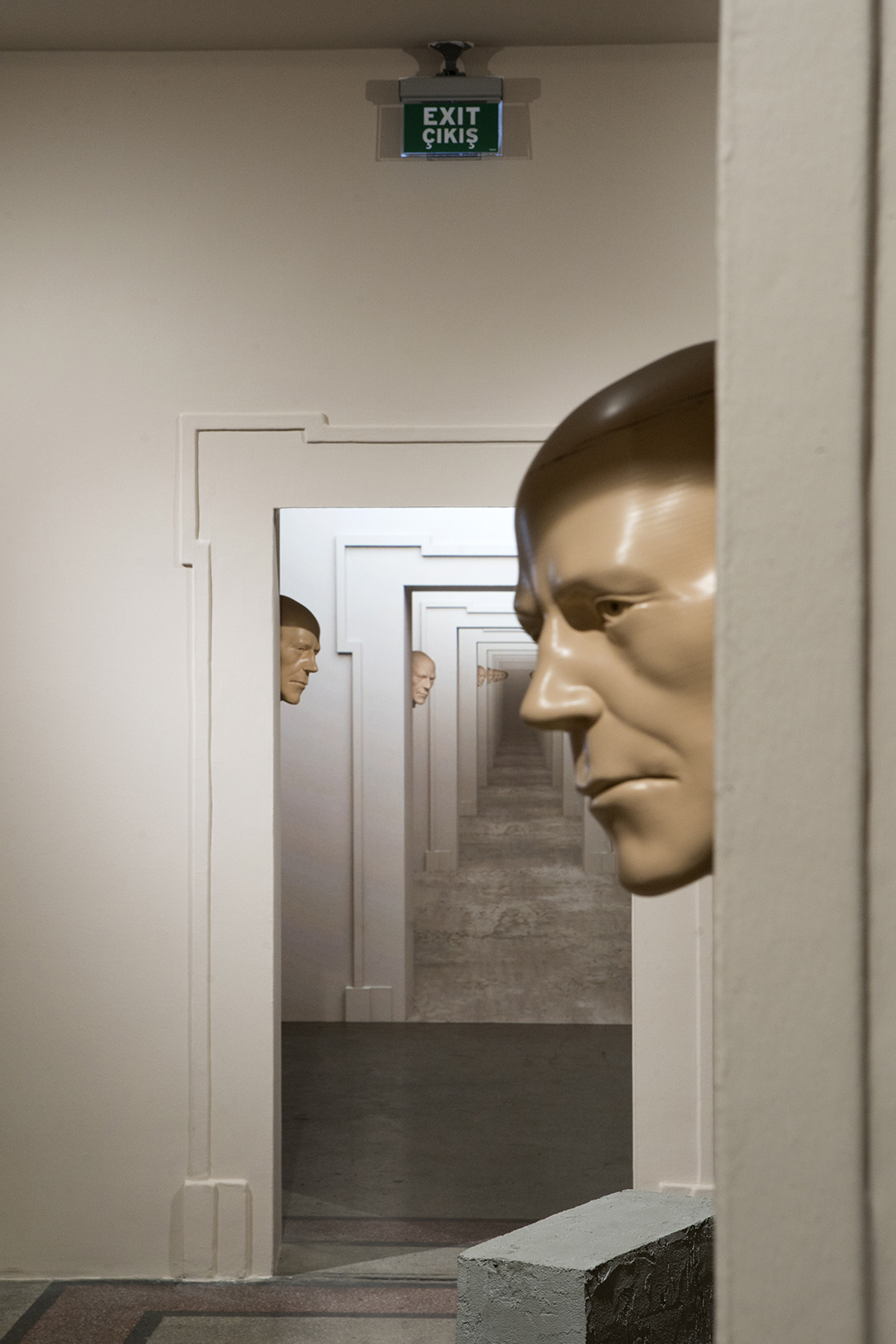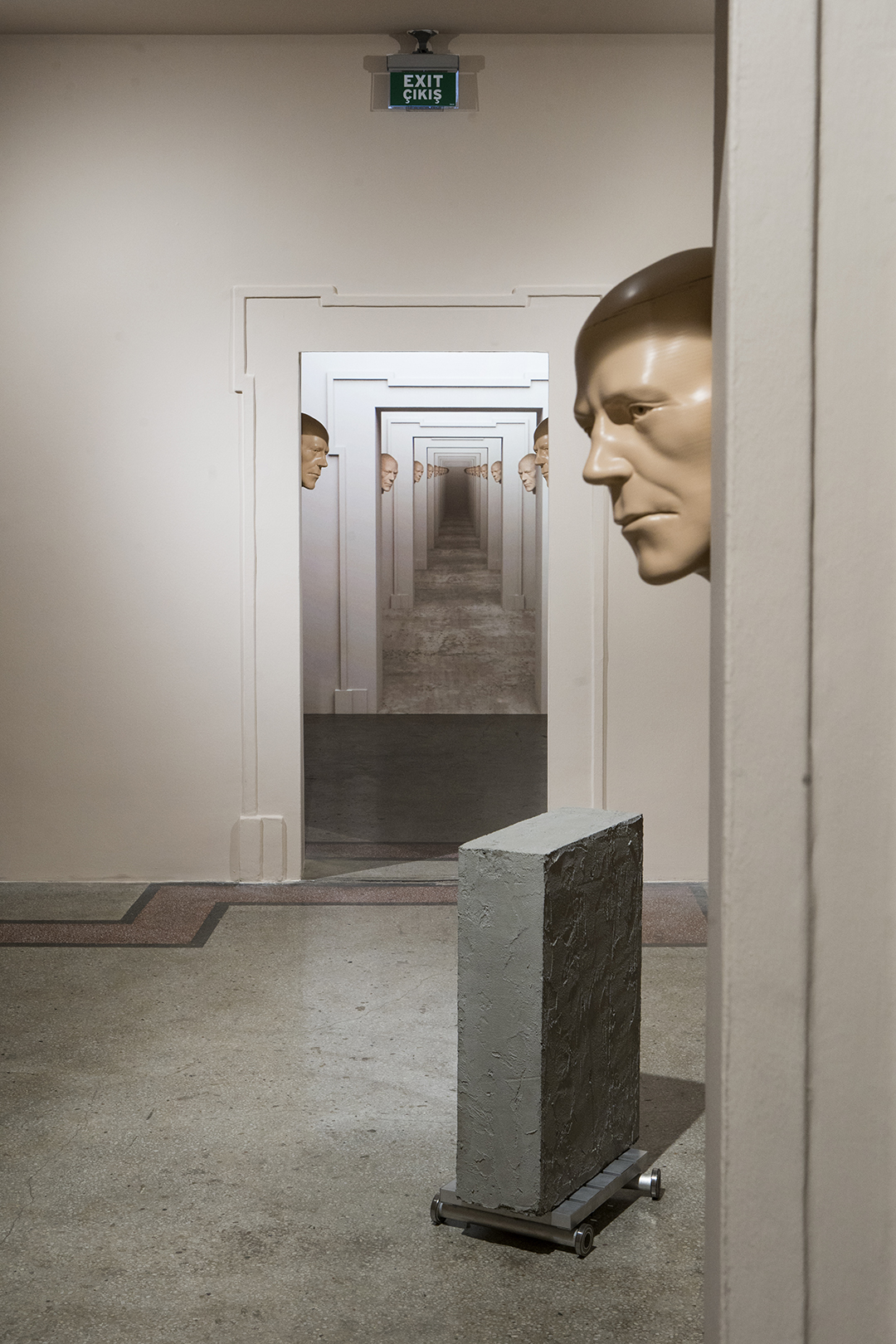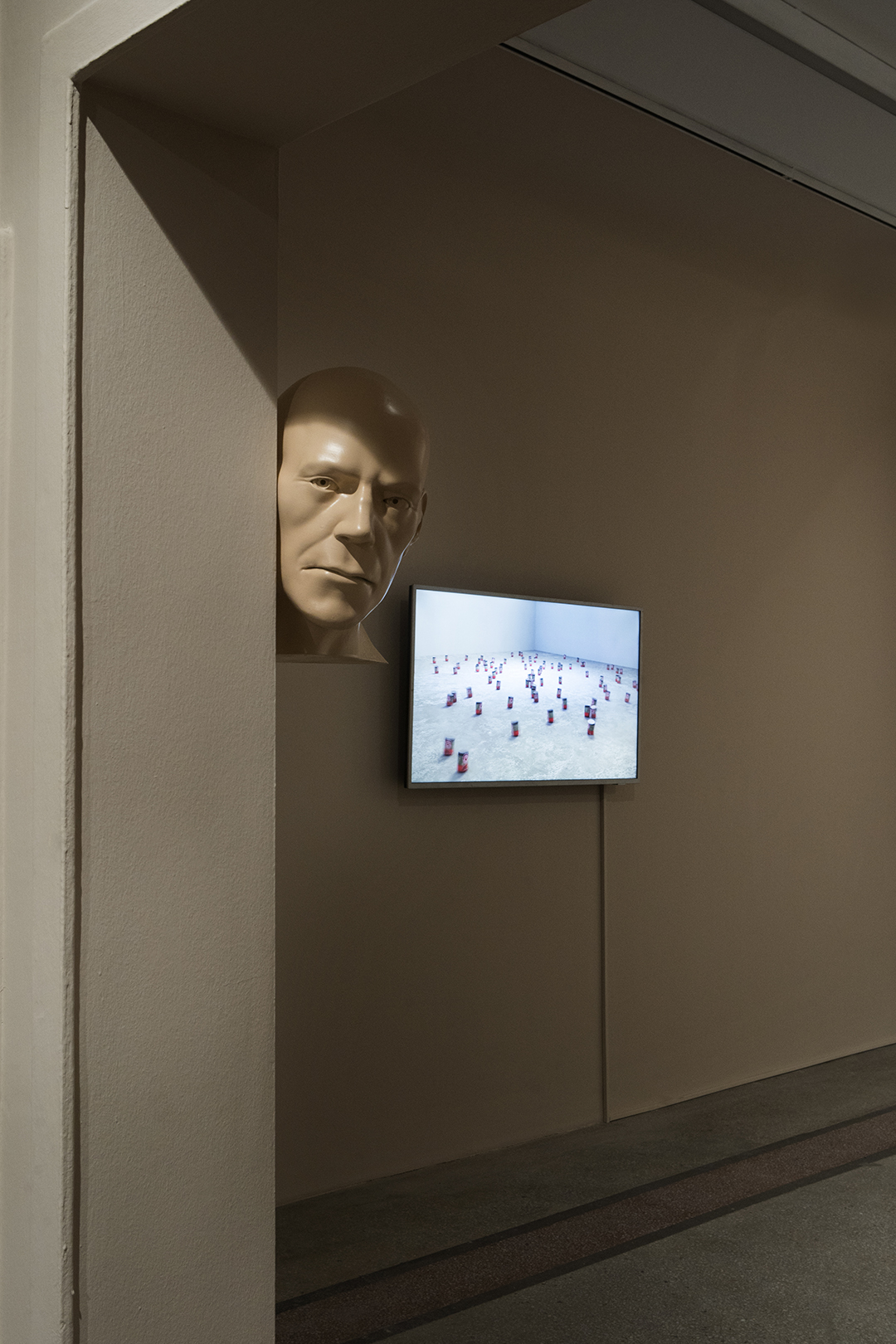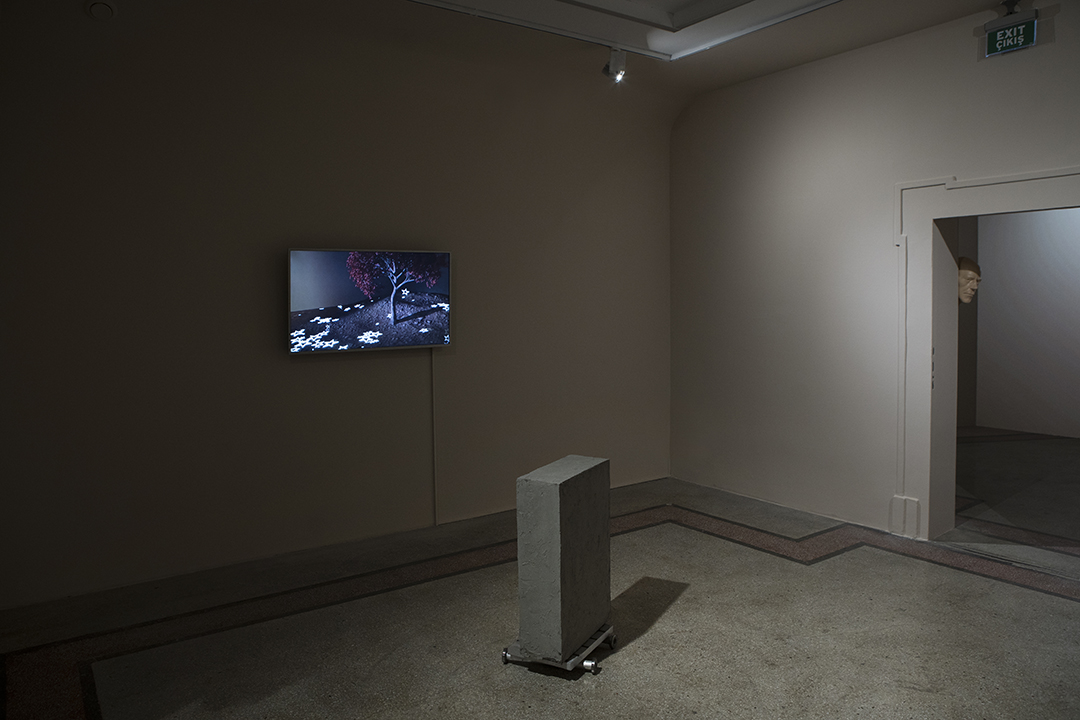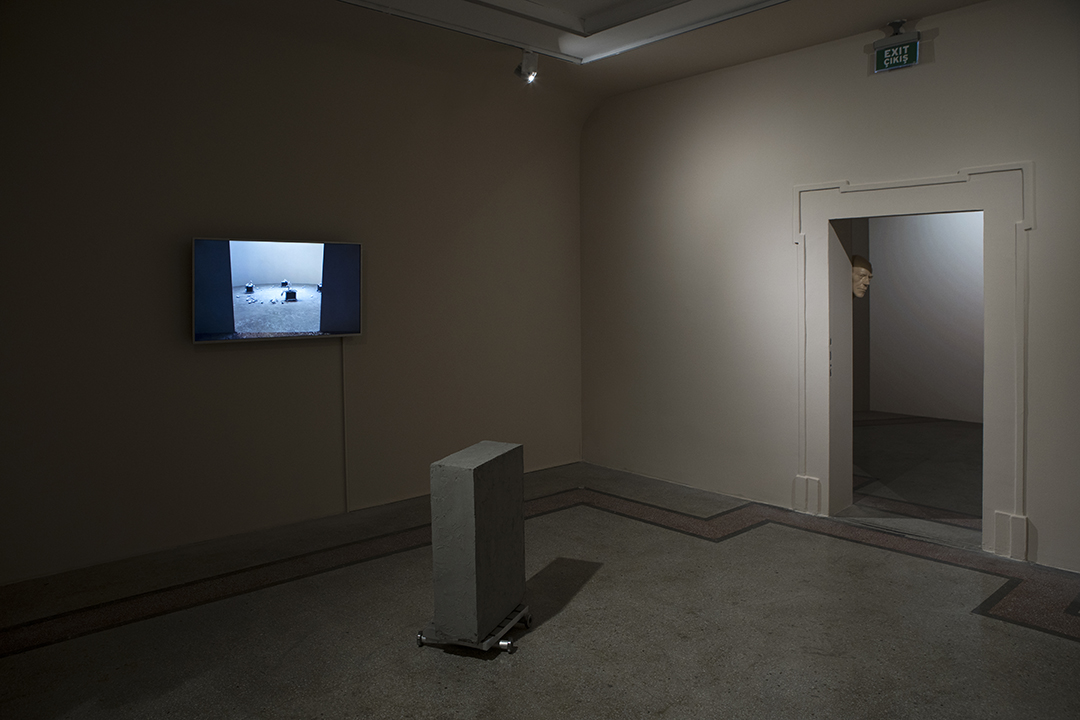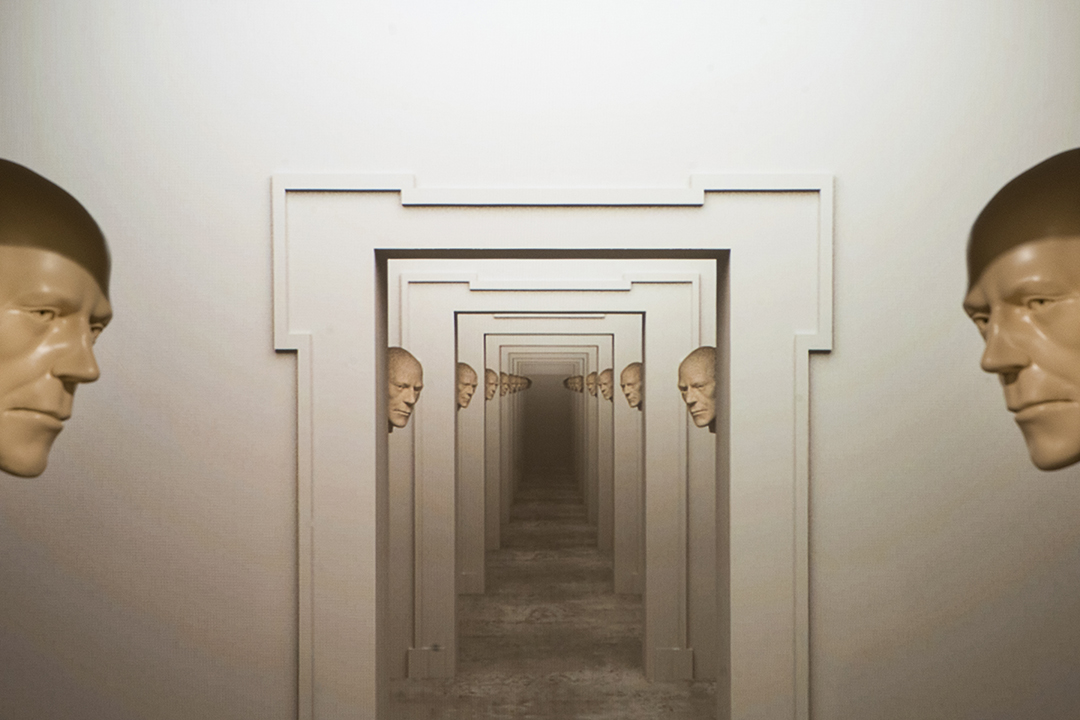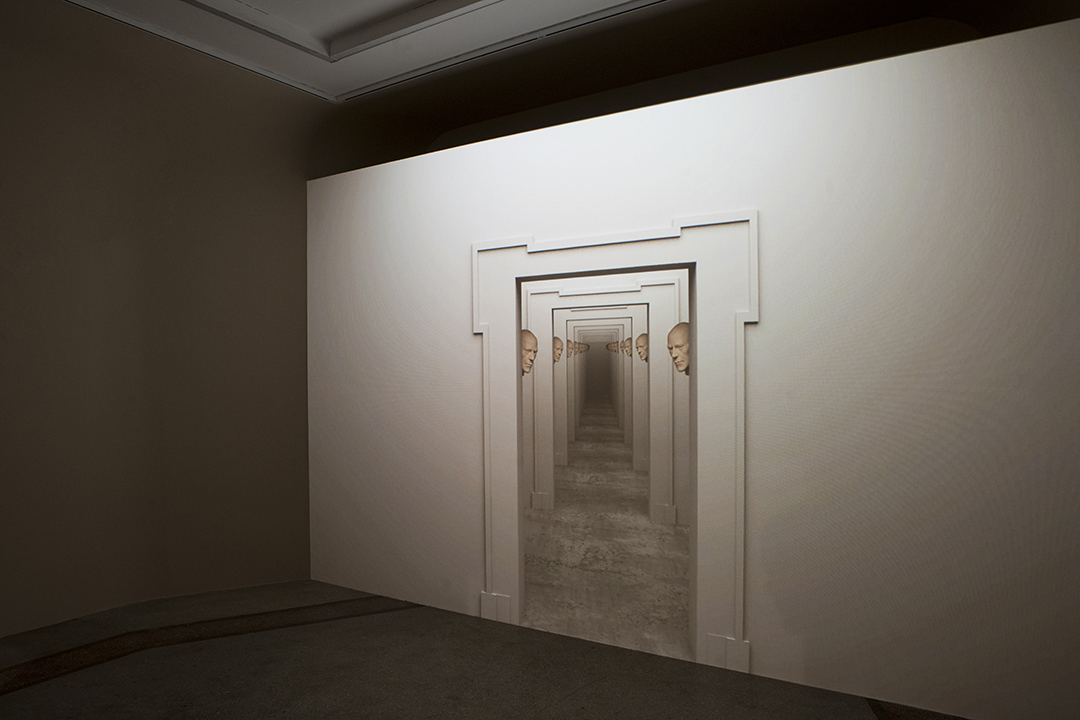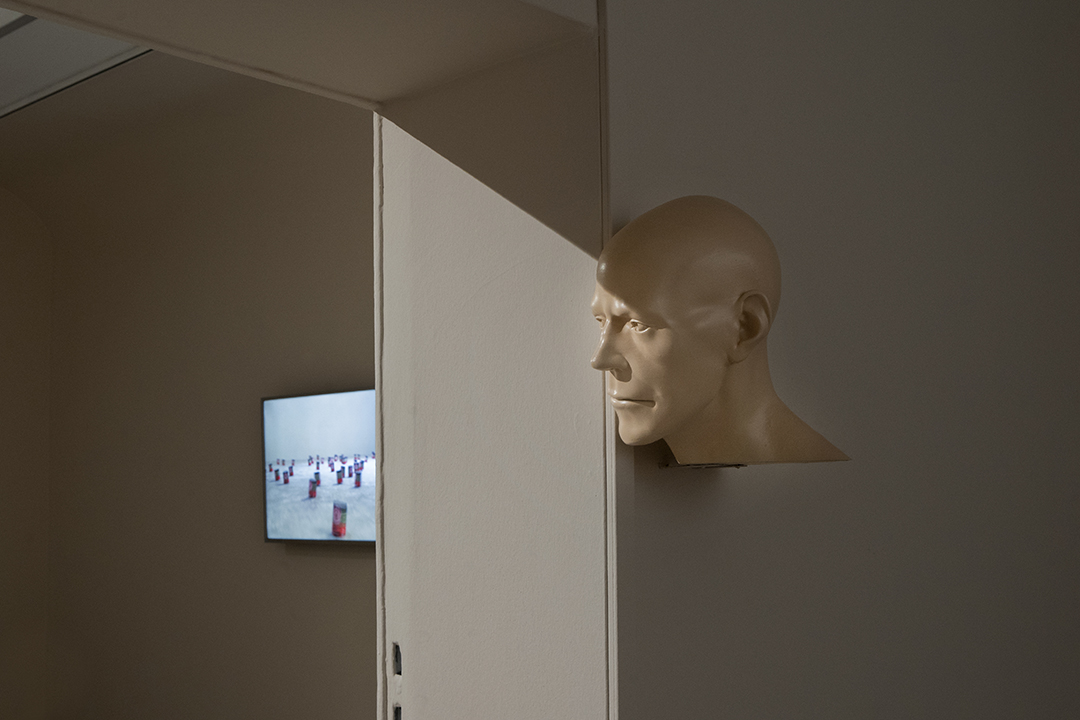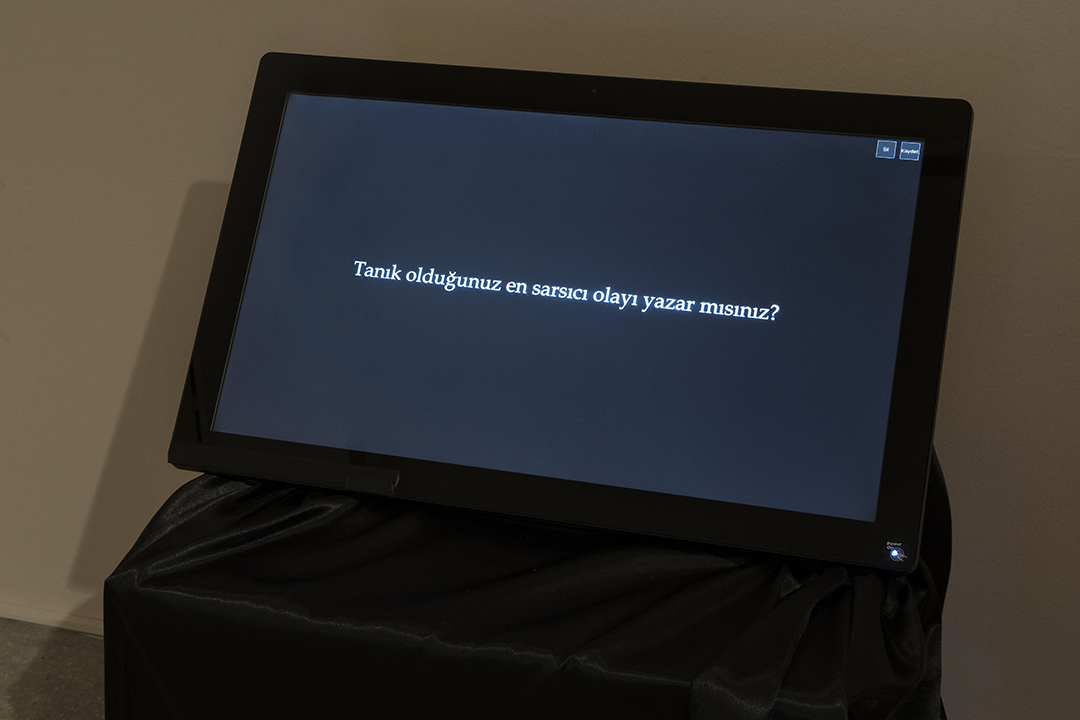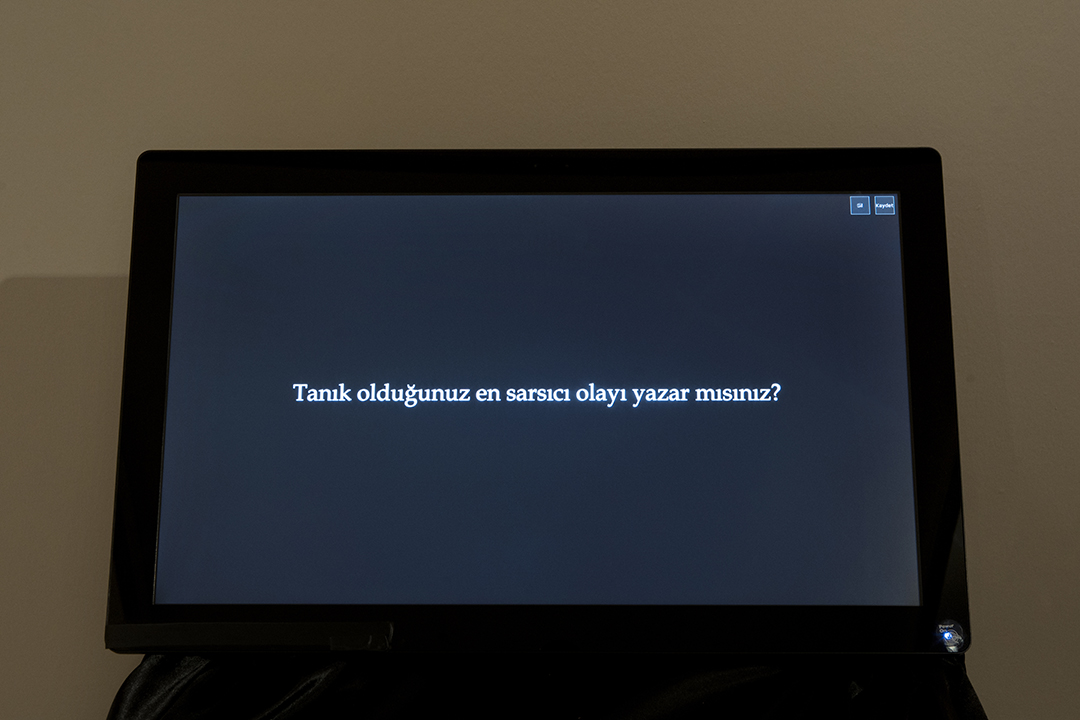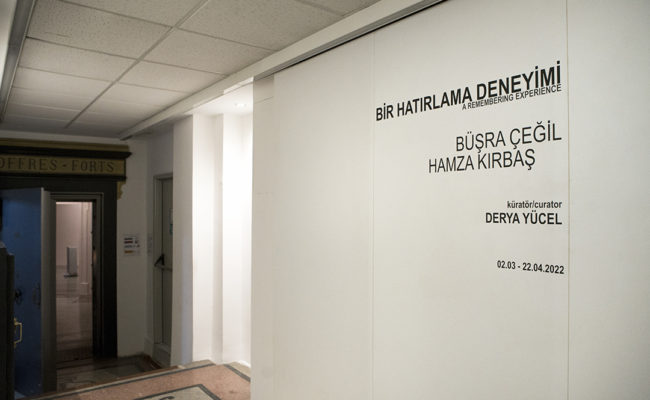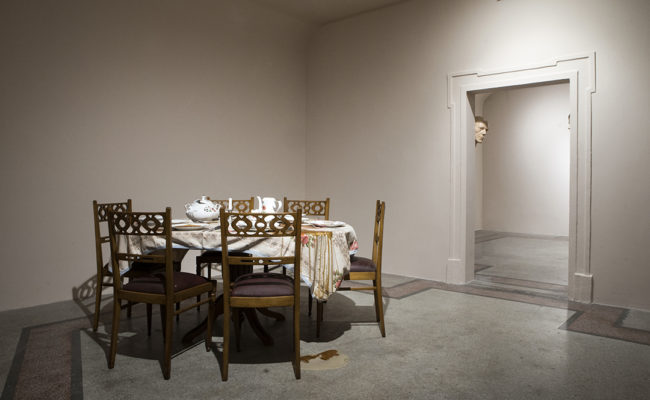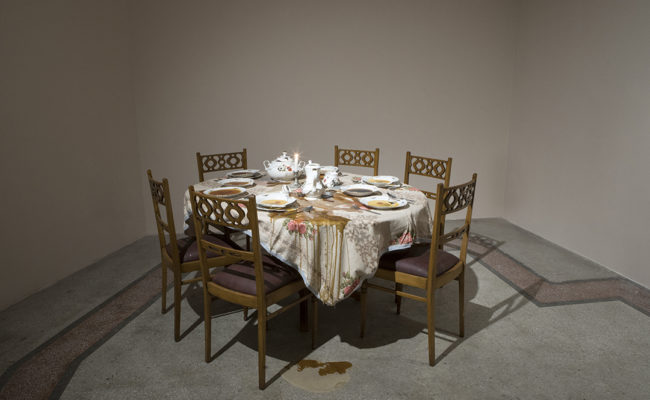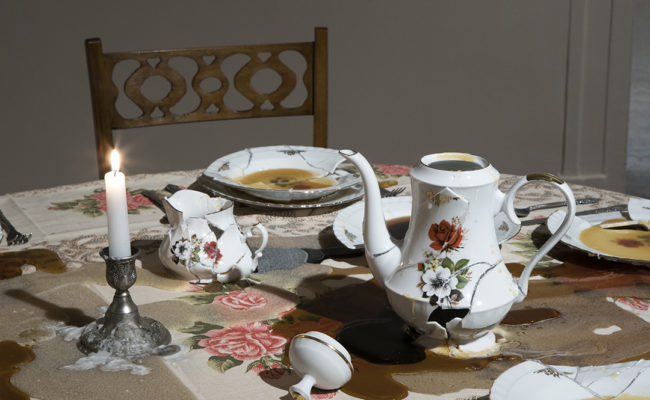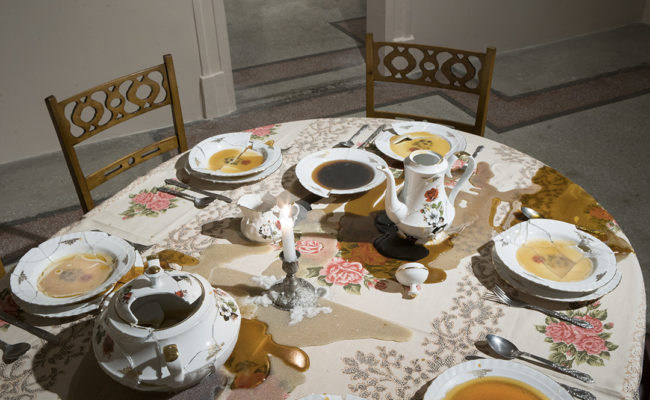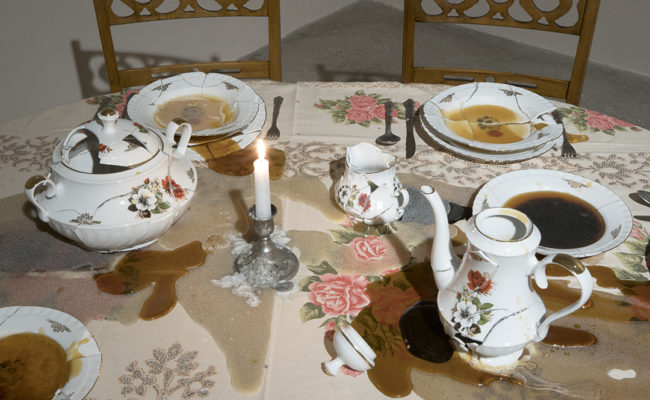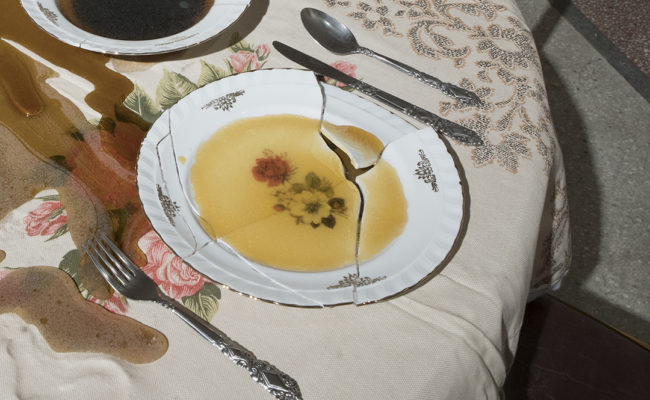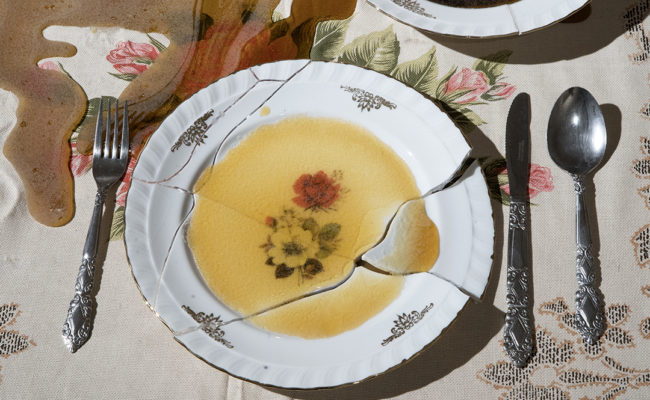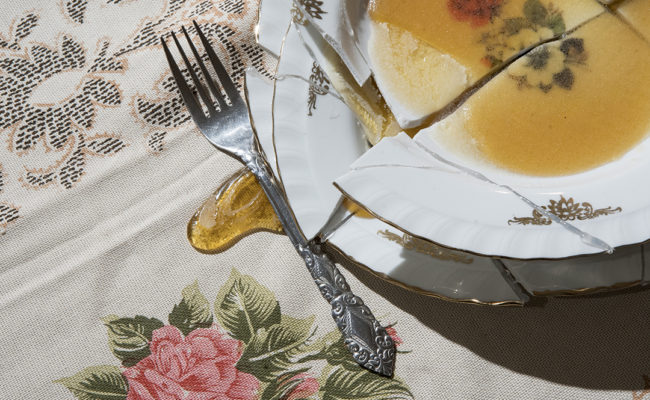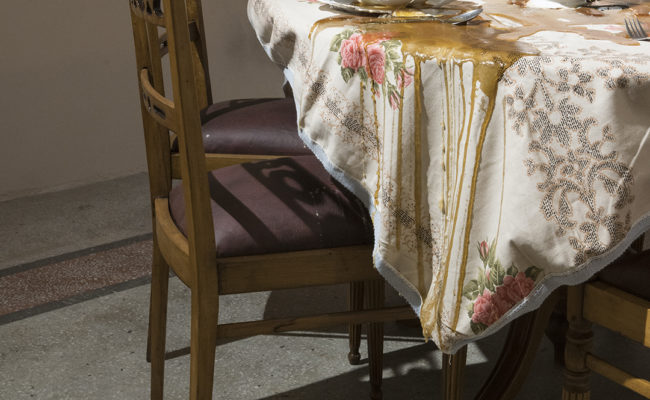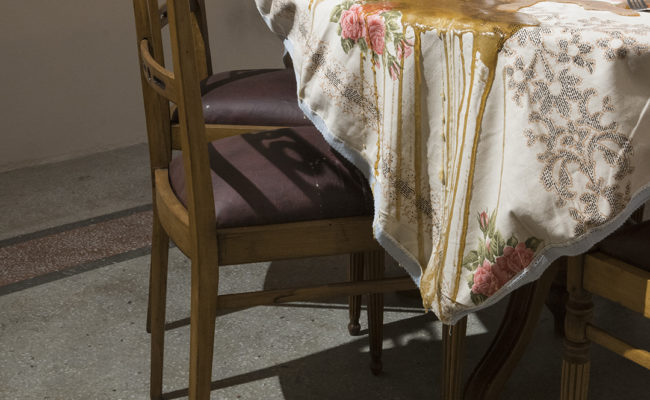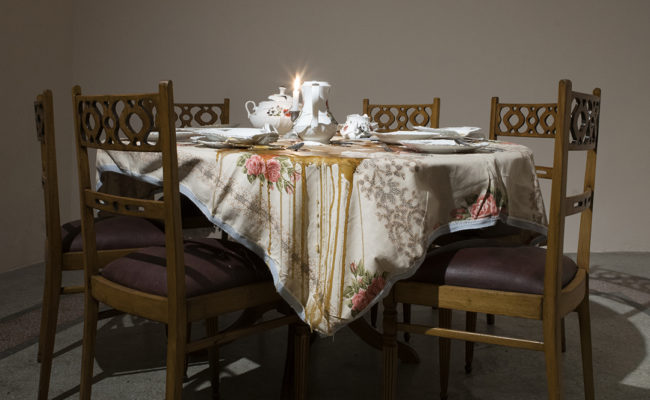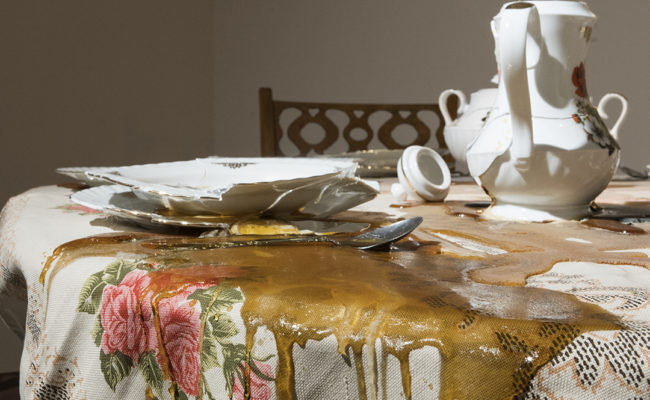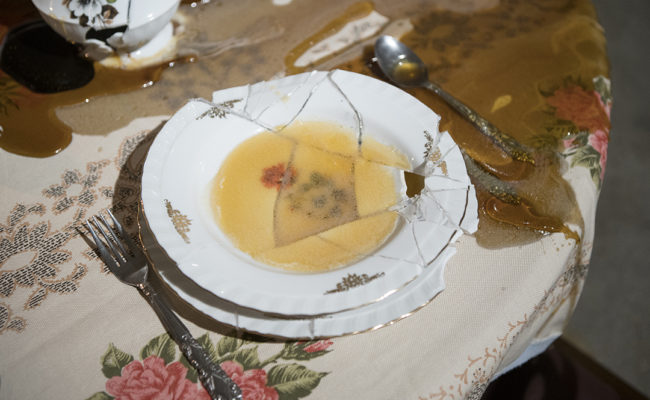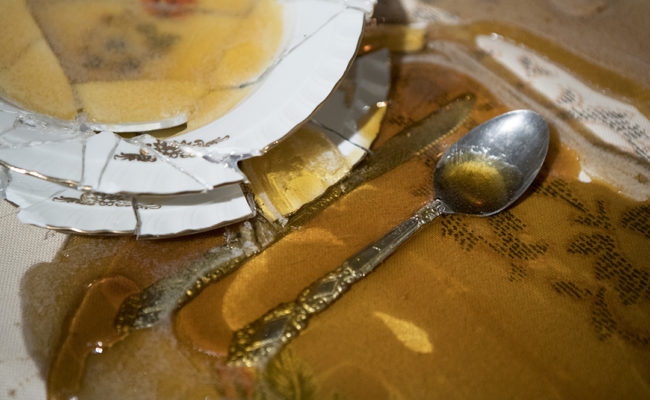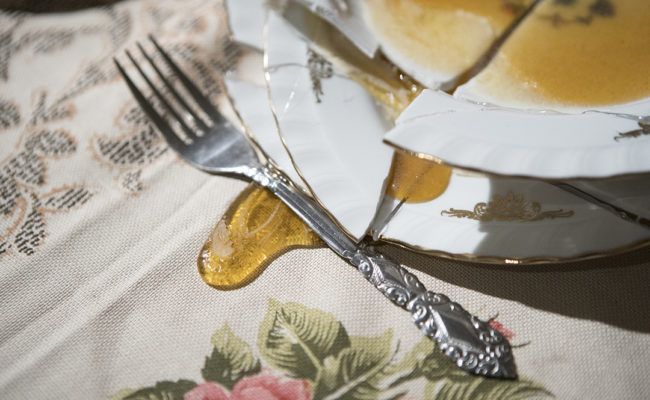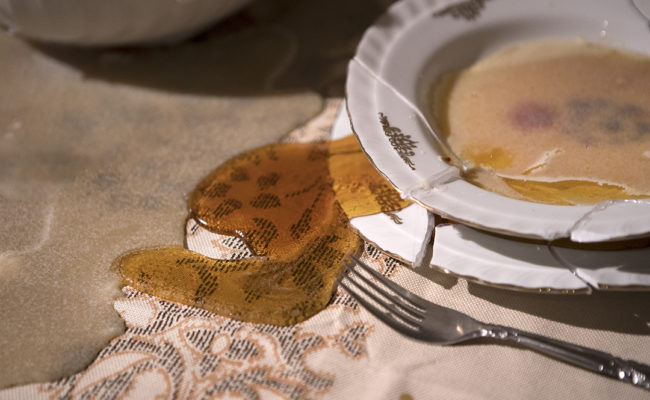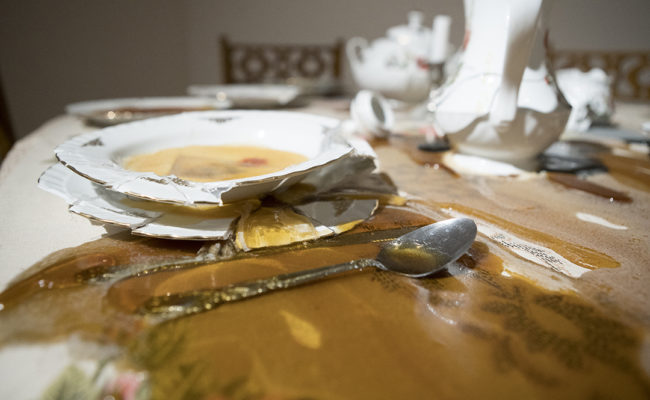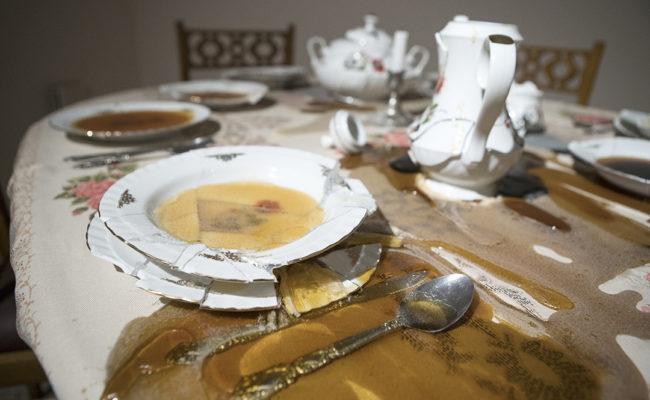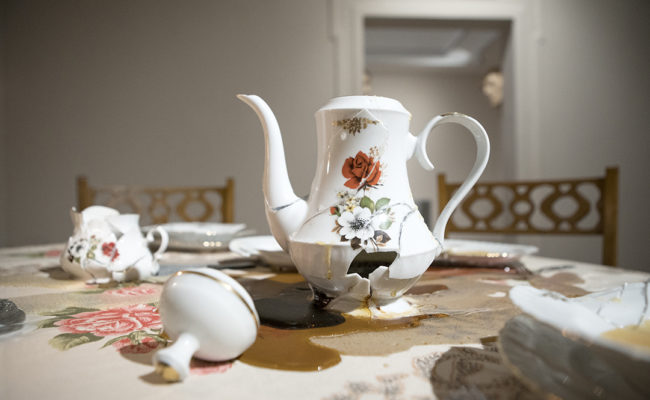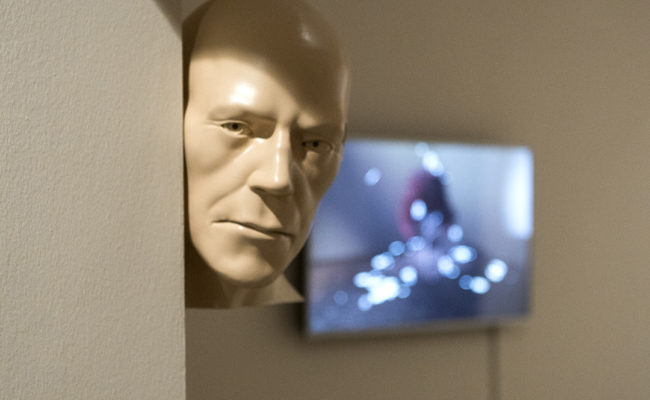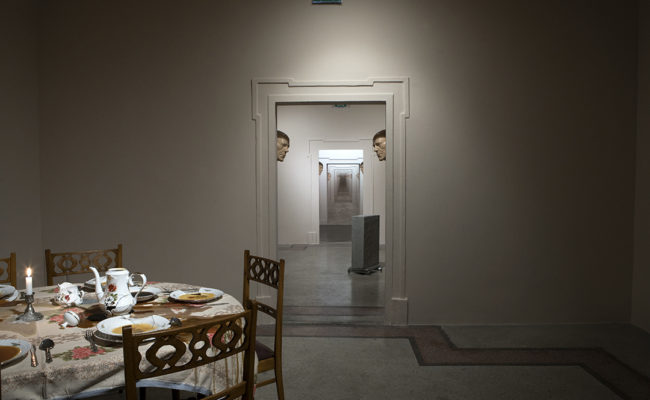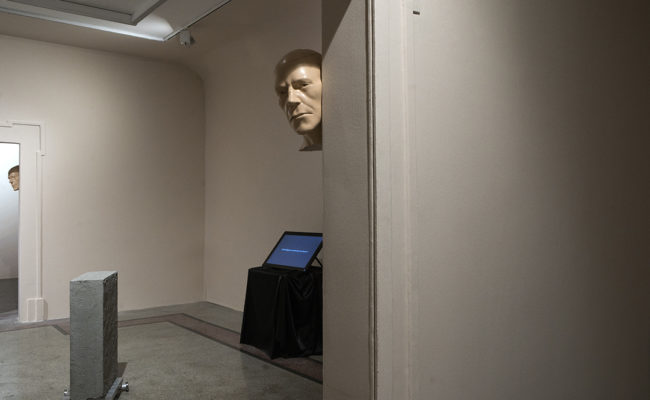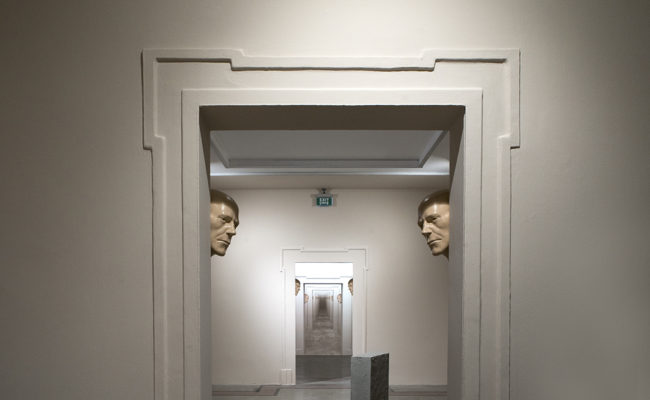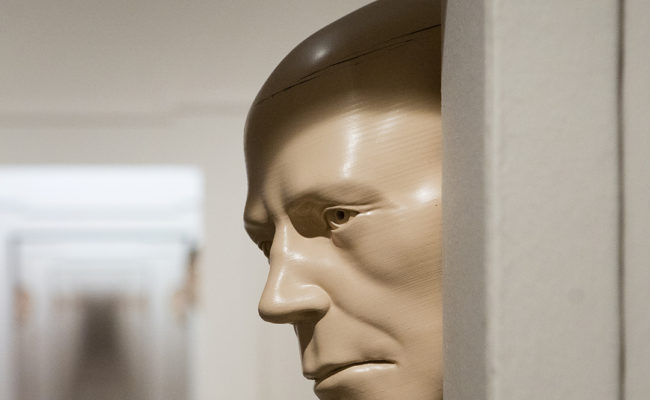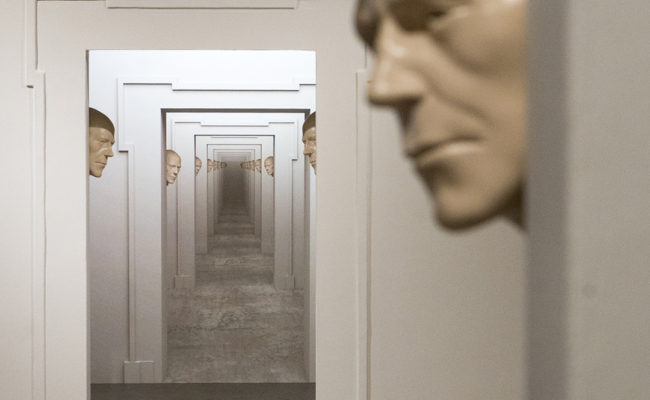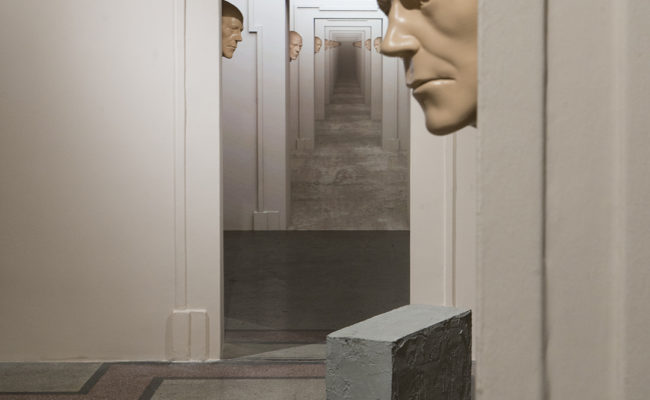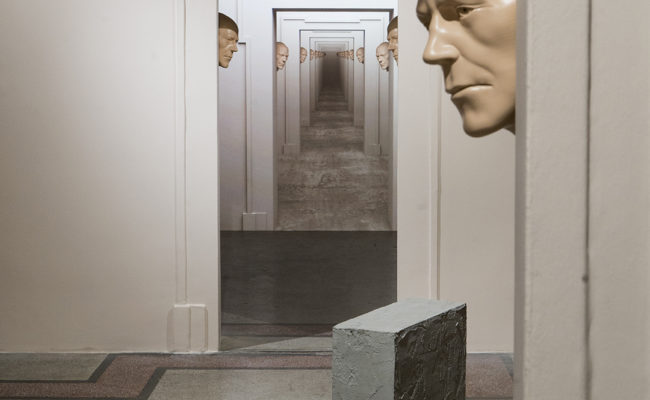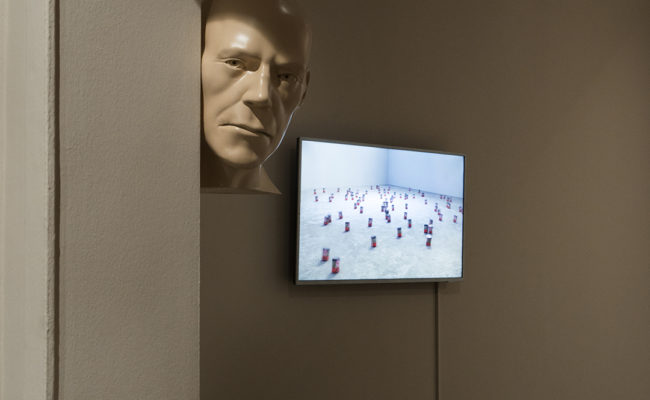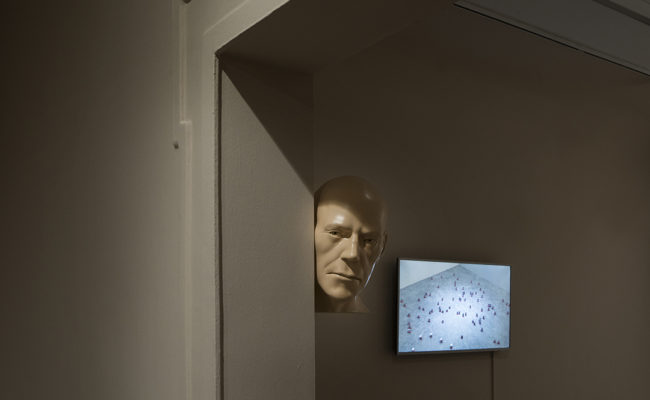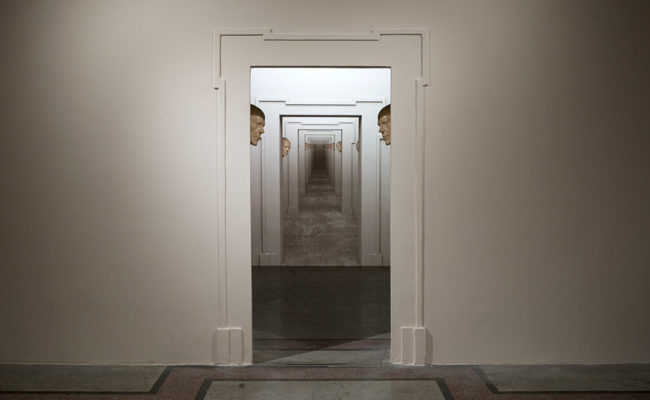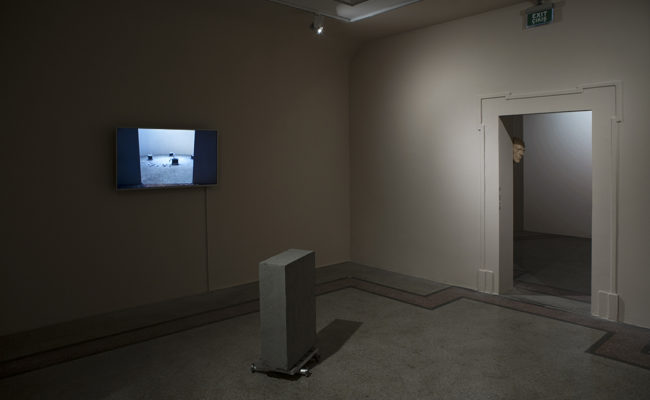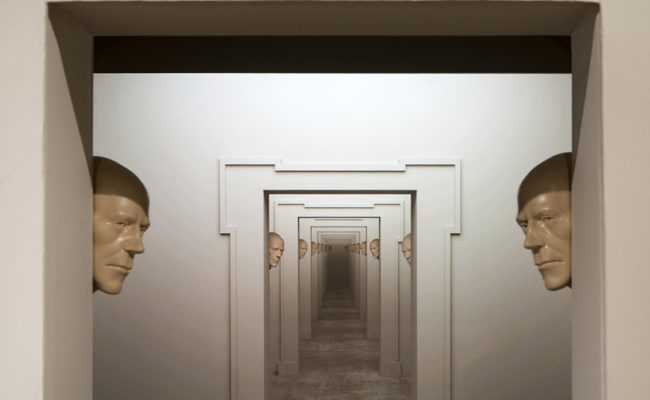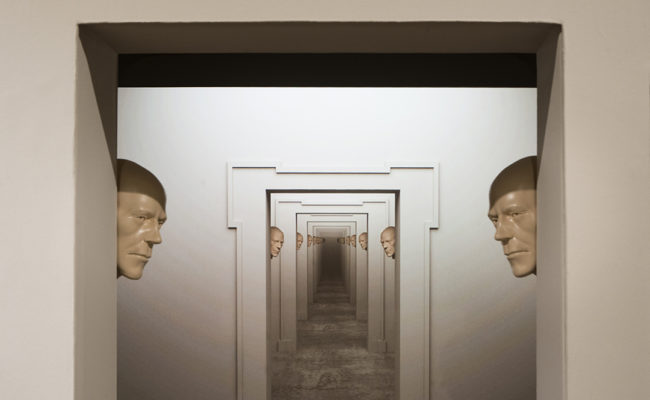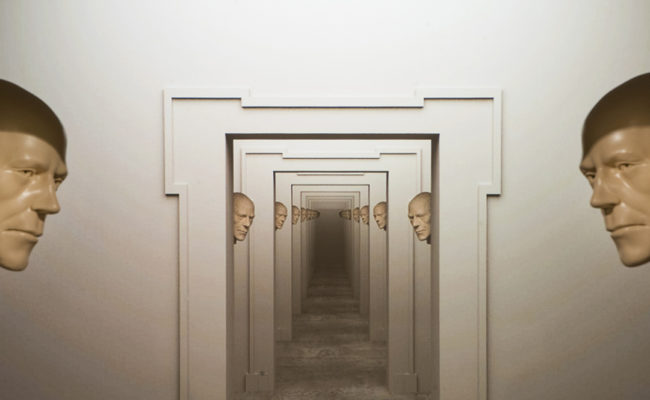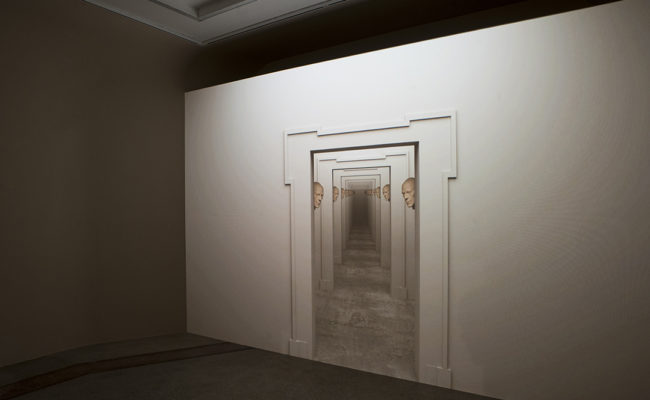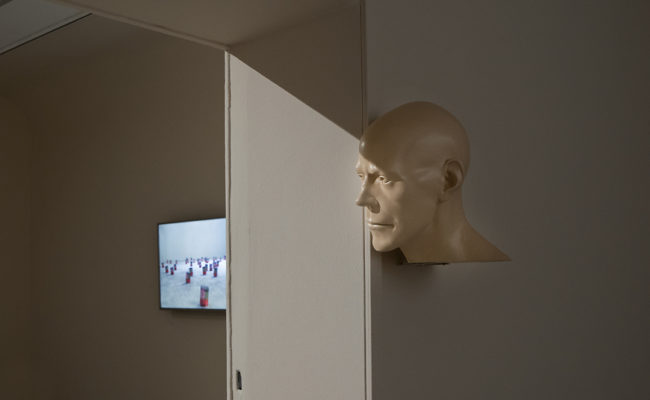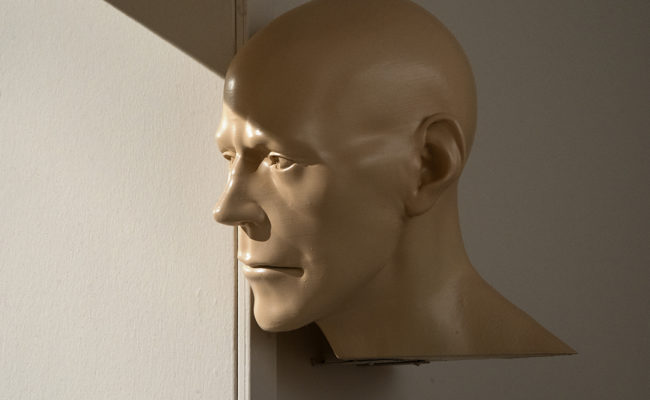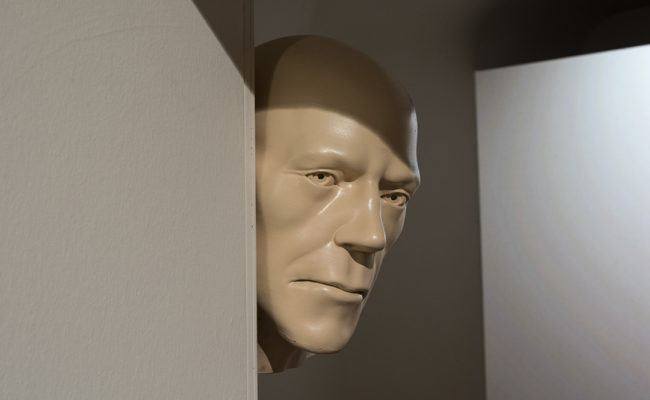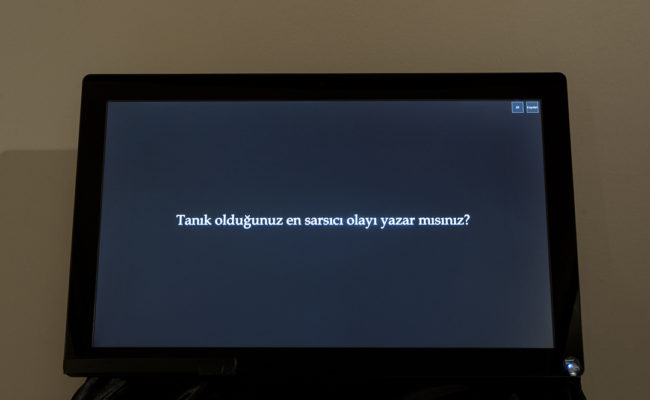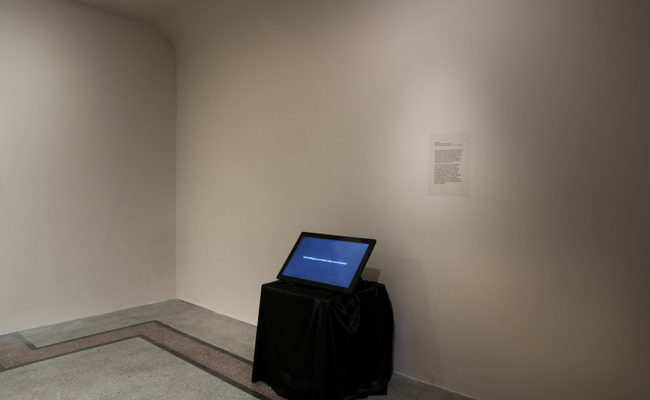“A REMEMBERING EXPERIENCE”
Büşra Çeğil / Hamza Kırbaş
The individual's uniqueness, mental capability, experiences, previous learnings, choices are the guides of their perception, interpretation and remembering style. According to William Randall, “memory is not a record of our outward story, but the pearl we have taken from our past and processed inside. It is a collection of stories, not events. We never take raw events and stuff them into our sense of self without touching them. We only receive events that we have selected (for various reasons). We then transform them into a combination of fiction, characterization, and speciation, thus making them experiences. That's how we create them.”[1] But remembering is not a cognitive process limited to the mind or brain. Our practical experience of the present is largely based on our knowledge of the past and is formed within the context in which that knowledge is based. This context is social inasmuch as it consists of the unity of time, space and object phenomena that appear in perception and determine our own existence. The world experienced by the perceiving and remembering body/mind is not made up of atomic elements. The mentioned context has intertwined the individual with the social so much that they are inseparable from each other. Focusing on the sense of remembering within the framework of individual and collective memory, the exhibition titled “A Remembering Experience” brings together the productions of Büşra Çeğil and Hamza Kırbaş. The duo exhibition, which emerged as a result of the artists' long-term and collective thinking exercises, sits within a biological, mental and personal, as well as social and cultural framework, together with the concepts of memory, remembering and communication.
Büşra Çeğil's “Belongings” (2021) is viewed as an installation pointing to the concepts of childhood, youth, family and belonging. This work, which was conceived as a family dinner, reminds us of the time we spend to heal the wounds our parents inflicted on us, and the conversations that we maintain, at the same table, after our wounds are bandaged and healed. Focusing on family and forms of bonding, the work reflects the state of melting, disappearing and continuing in a fluid form that the artist often uses as a metaphor in her practice, with a different material. Büşra Çeğil's “Parody of Memories” (2021) is an installation consisting of script on sand and recording. The artist’s premise is the idea of history that can be read through a question in today's world where all the data entered is recorded. While sharing the processes we witnessed with an answer, Çegil tries to reach the data of being a witness to witnessing. This data is viewed as a record of accessing the data of the political without a political discourse. In an installation that consists of recording and displaying the answers to the question “What is one of the most influential events in your life?" with a camera, the answers appear on a digital screen, while the writing on the sand disappears itself when the hand moves away.
Hamza Kırbaş's site-specific work “Witnesses” (2021) and his video installation titled “Timeline” (2021) focus on the concept of memory, which consists of events that occur in the world we live in and the relationships we form with these events. The artist points out that our memory is not just a structure that we create individually on our own, but is related to the relationships we establish with nature and other people as a whole, and therefore to economic, social, cultural and political transformations. As Maurice Halbwachs points out in the concept of “collective memory”, having a collective memory means that individuals who make up a group or a community of people have a common image of their past and become aware of their unity and uniqueness thanks to this image. With today's communication tools, people are bombarded with "images". Thus, the memory parameters of the masses, who are bombarded with images, are subject to change. Hamza Kırbaş' work questions the effects of modes of communication on memory parameters in the context of time and space. Emerging as an expression of collective memory, the works place the viewer at its center and present images as a phenomenon to the perceptual consciousness of the viewer. “Can we find the events we have witnessed again in images? And is it possible to revive our memory with images?” Starting from his questions, the artist aims to revive the collective memory through space.
Derya Yücel
[1]Quoted from Jason Randal by Nuri Bilgin, Tarih ve Kolektif Bellek, Bağlam Yayıncılık, Istanbul, 2013, p. 22

